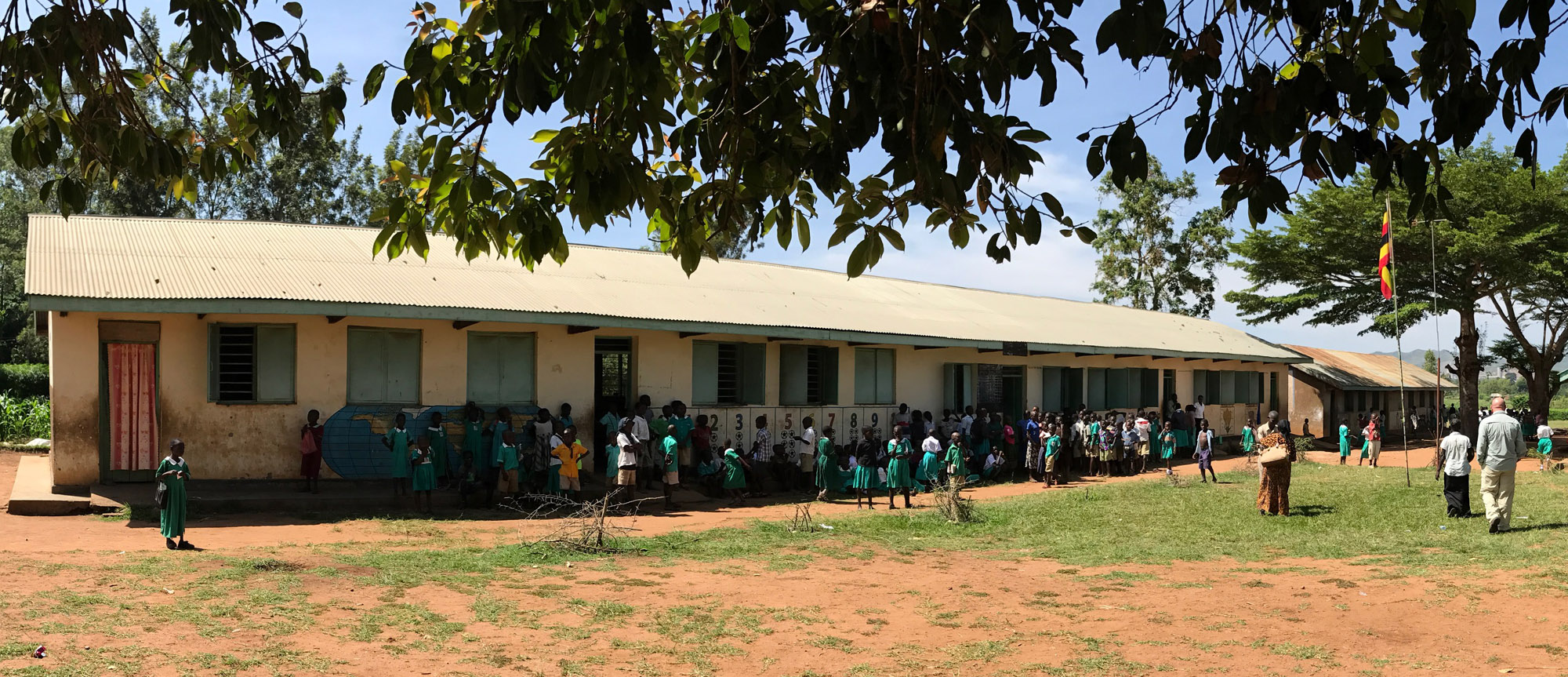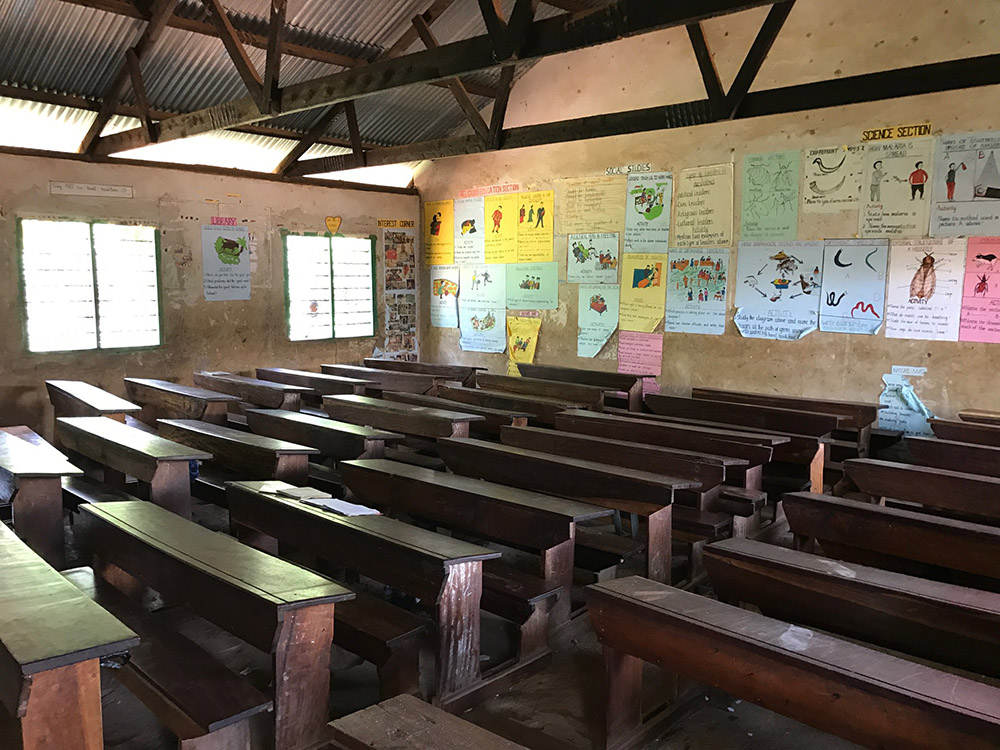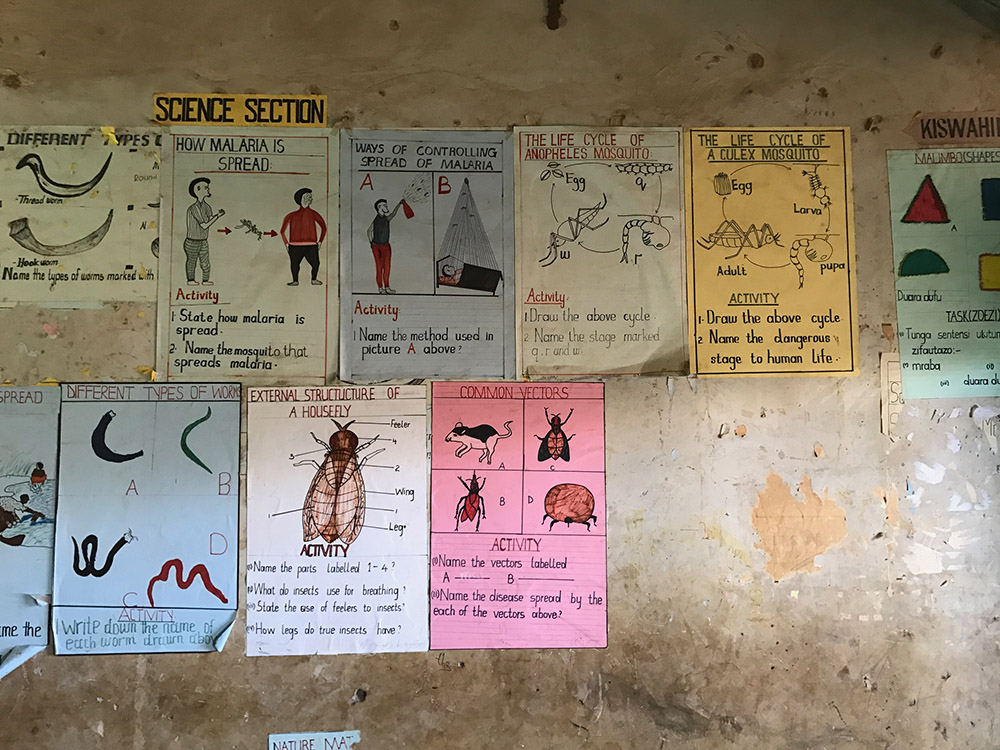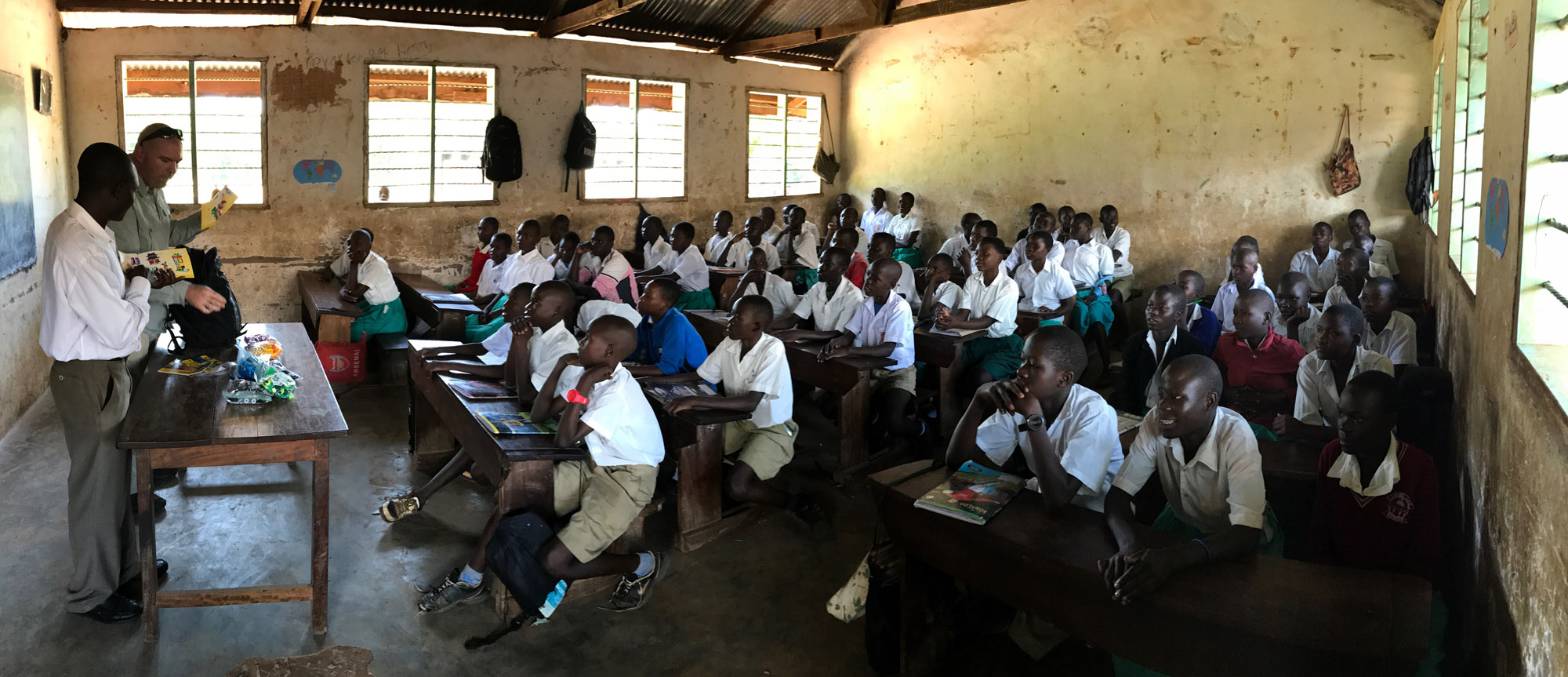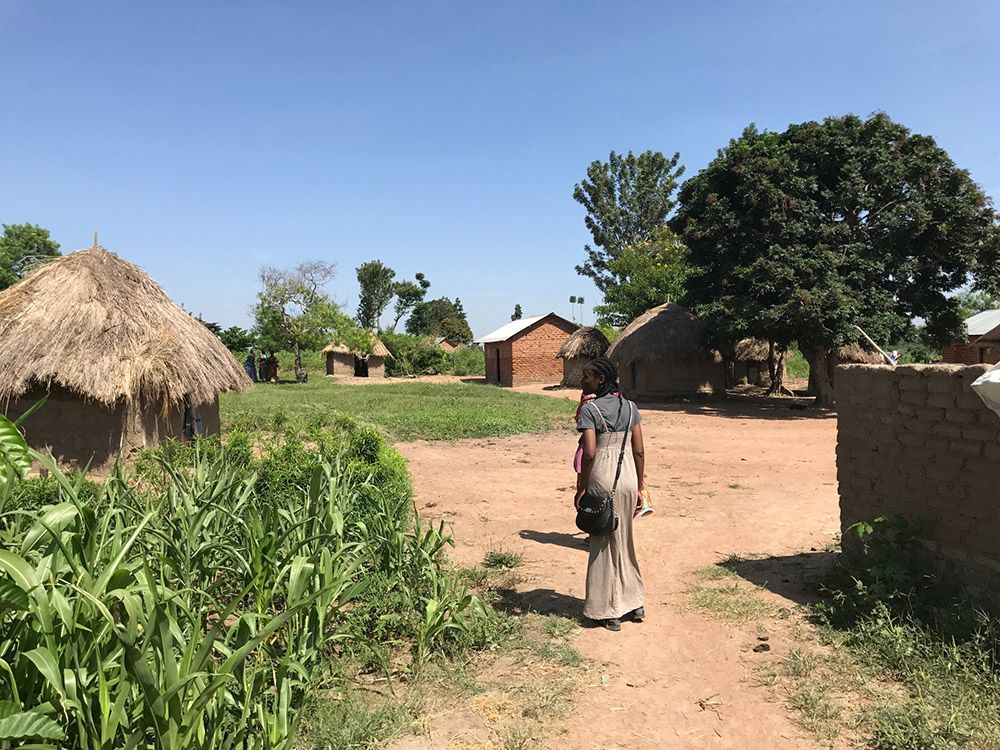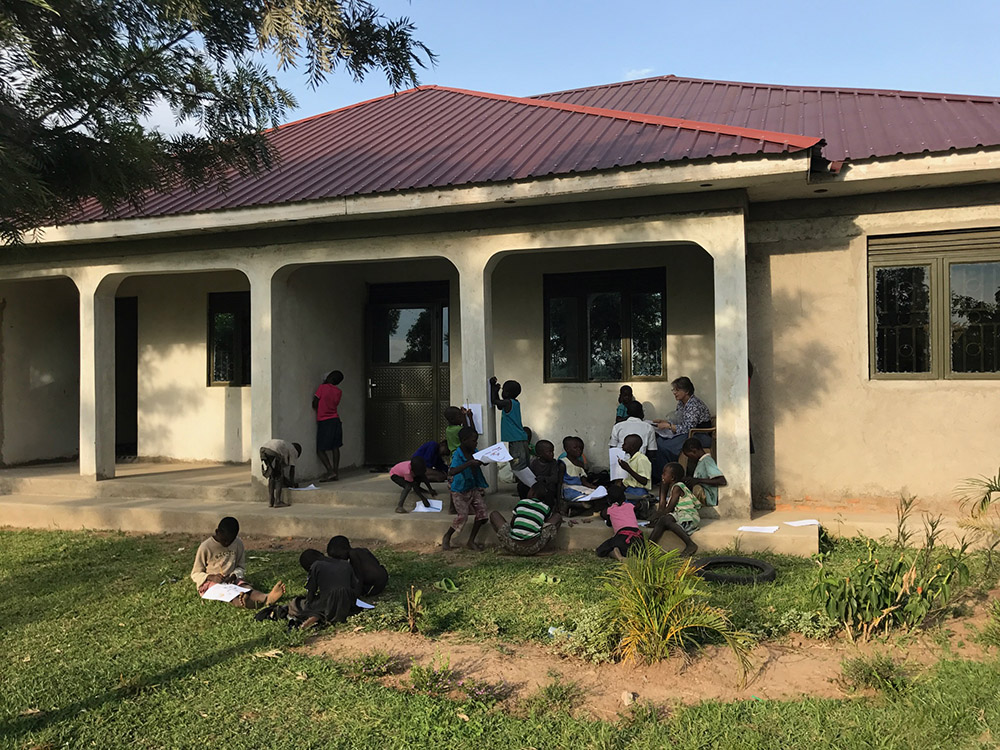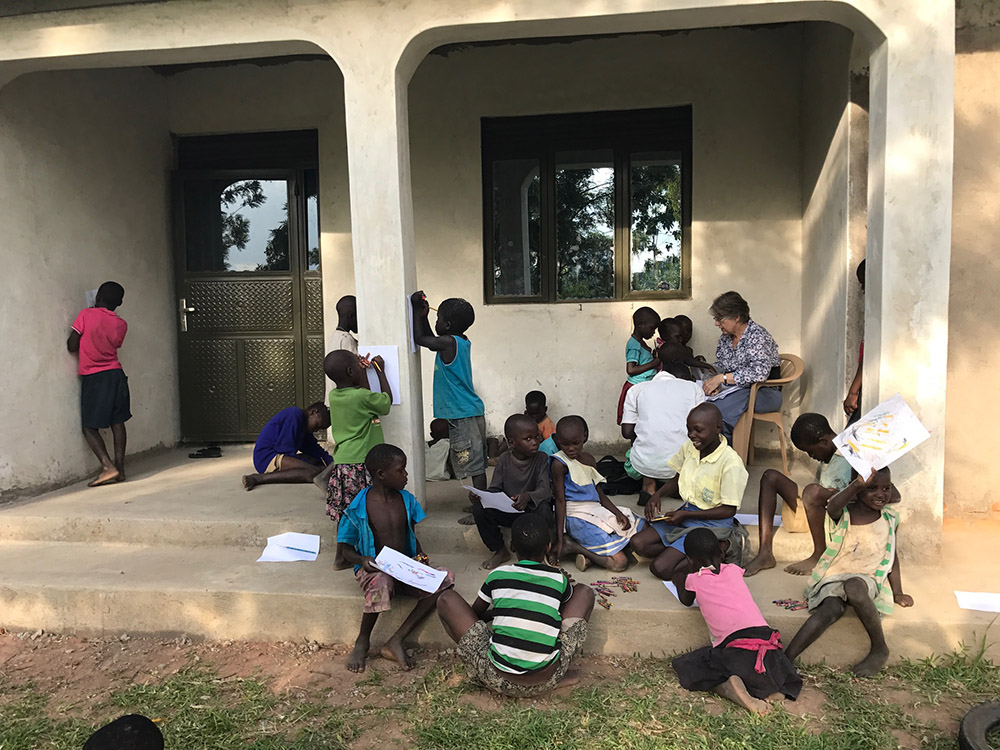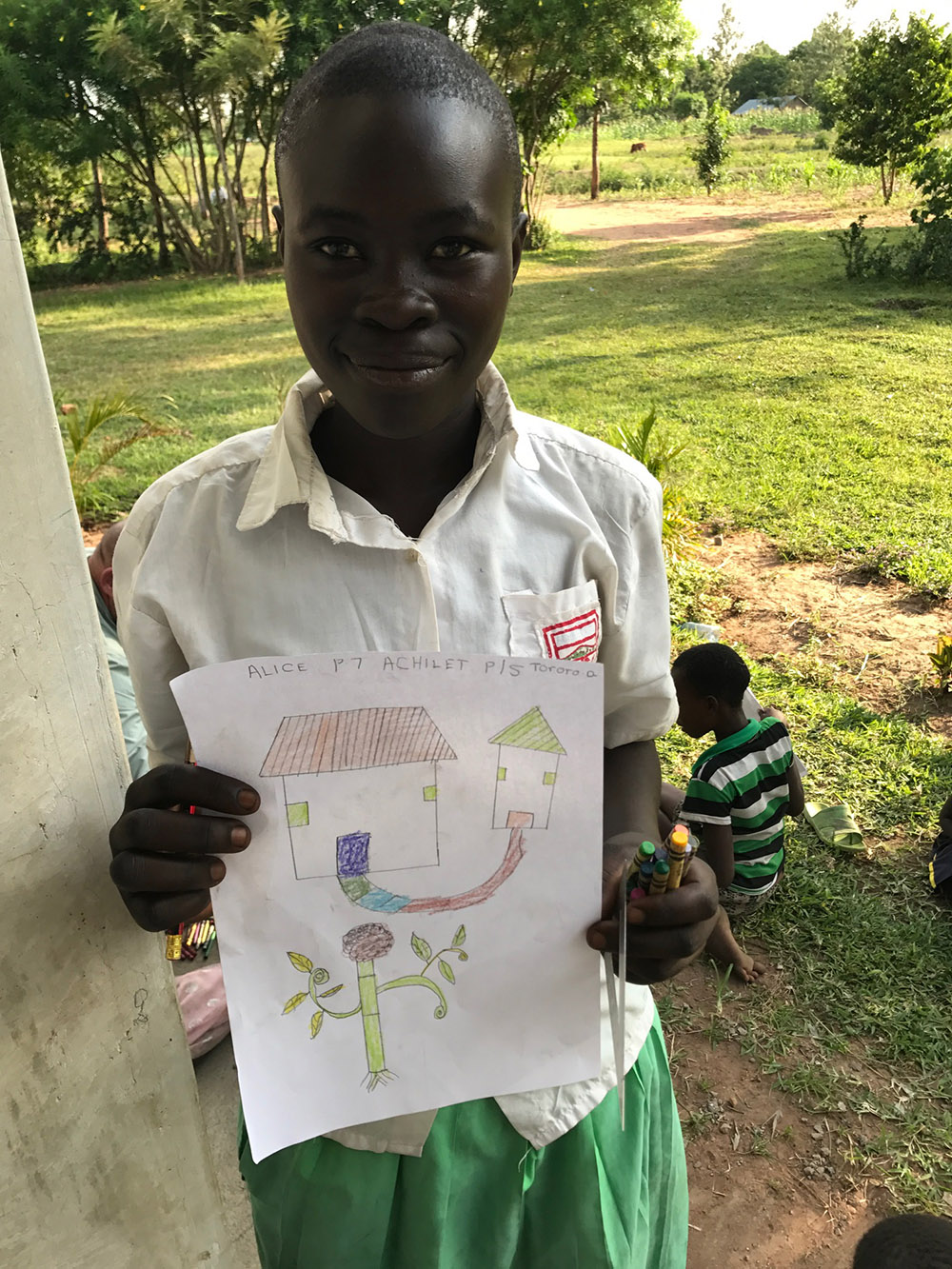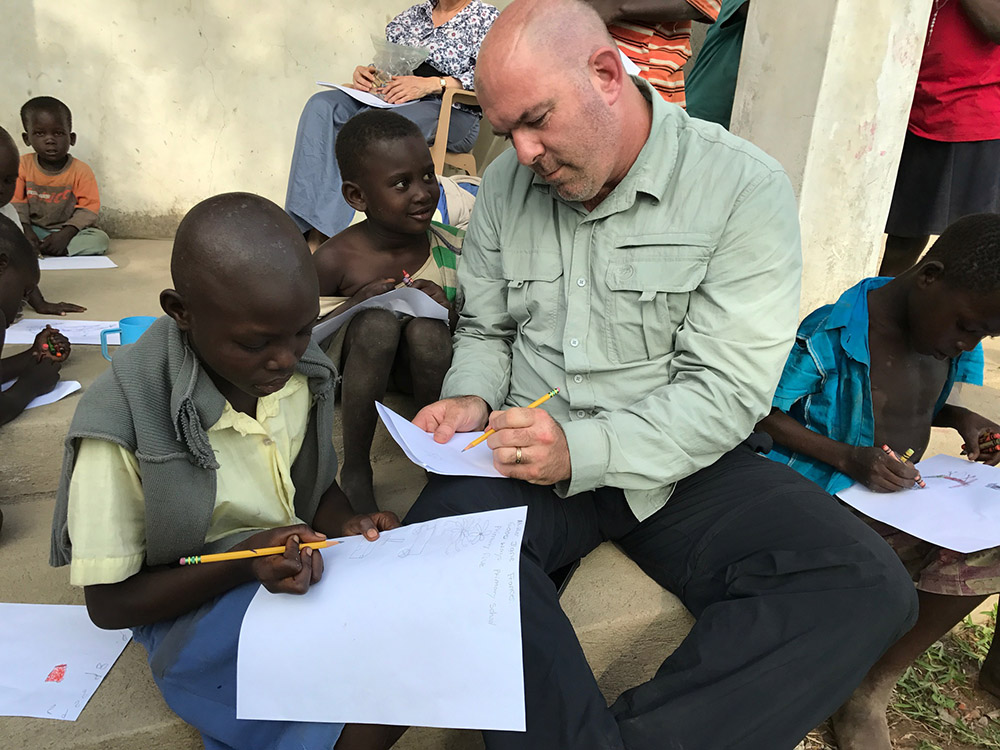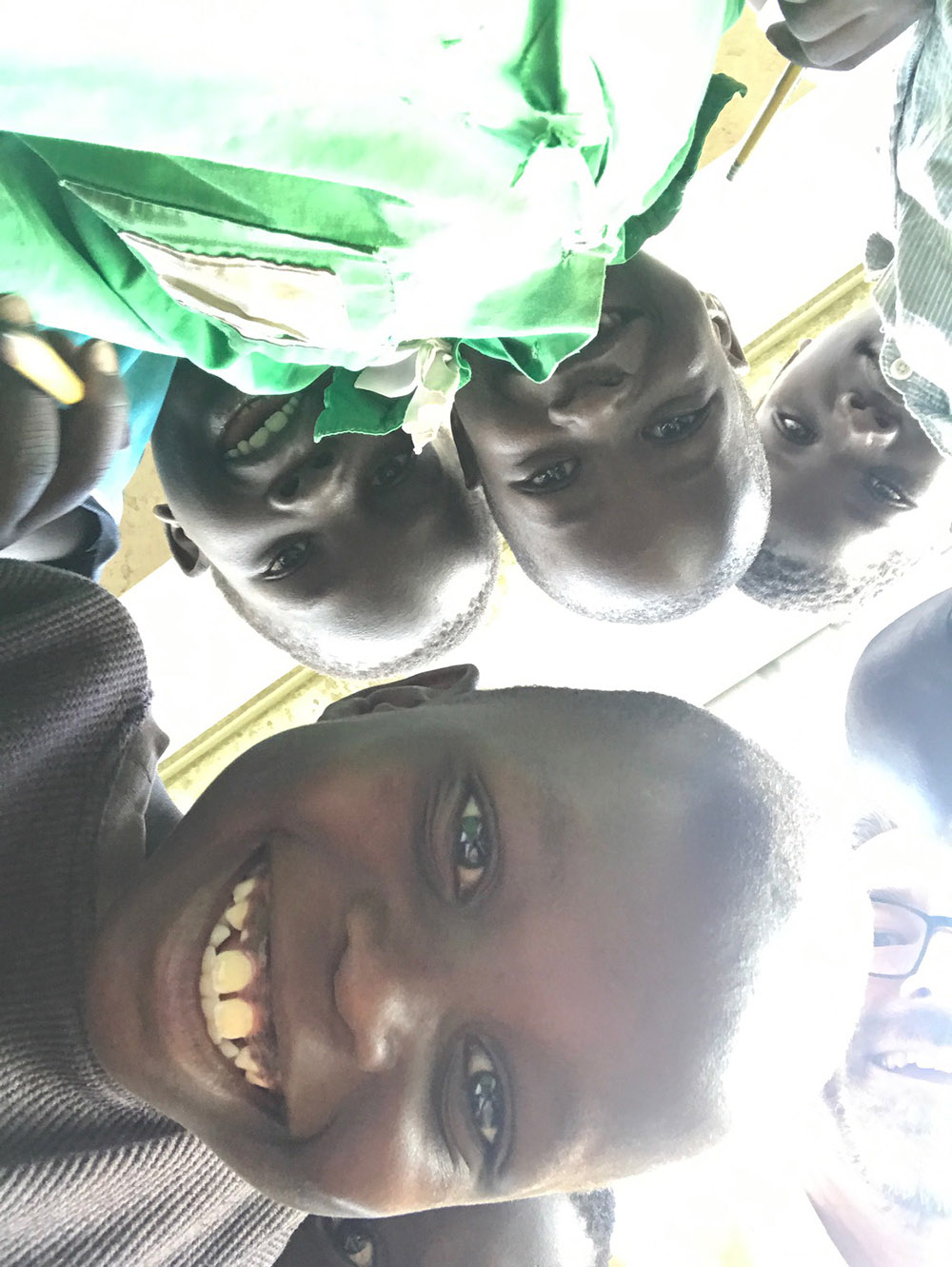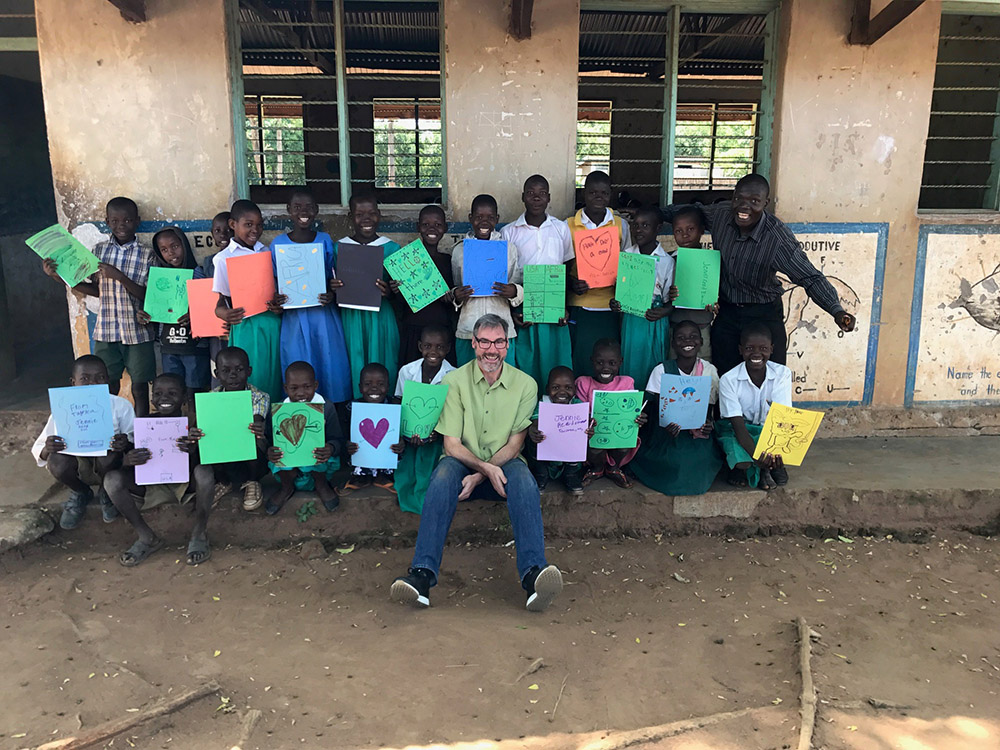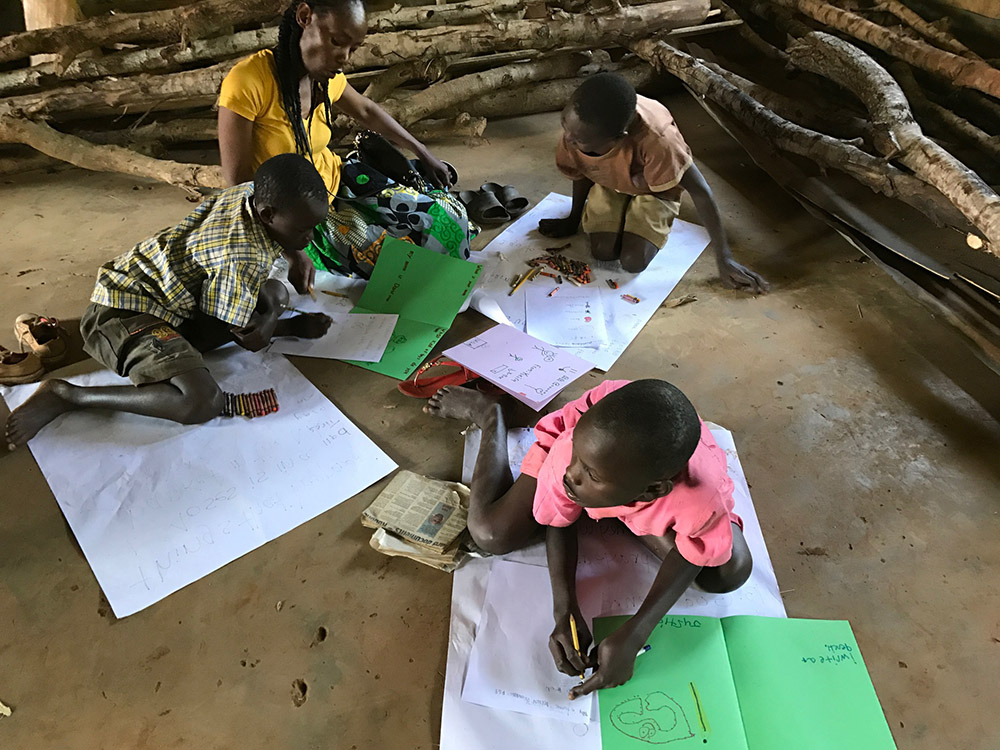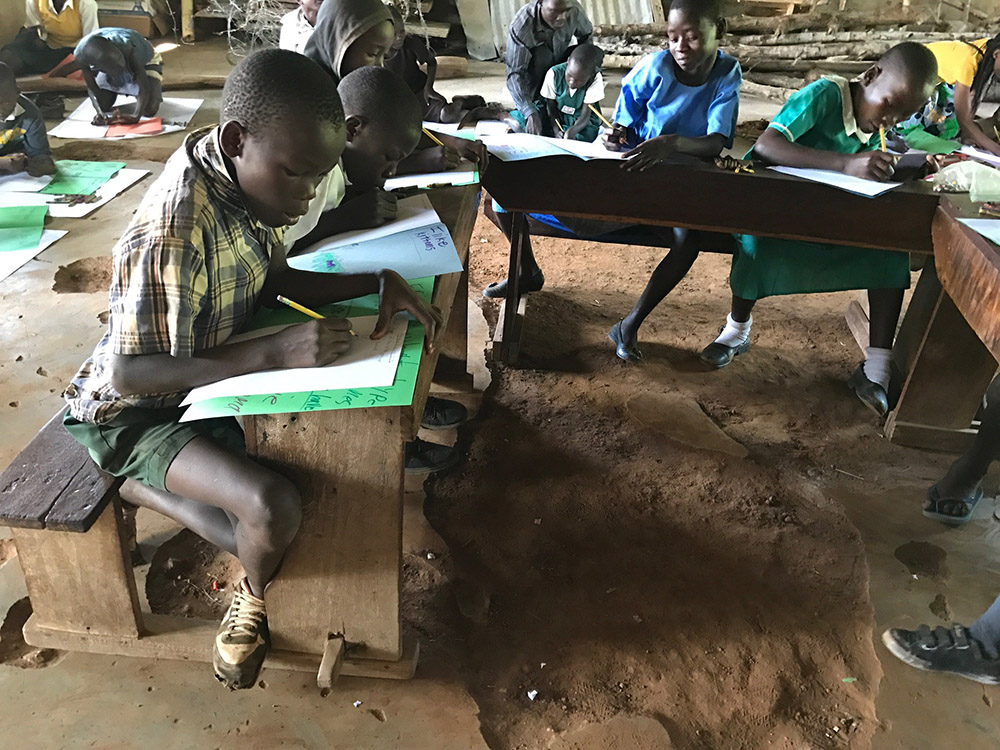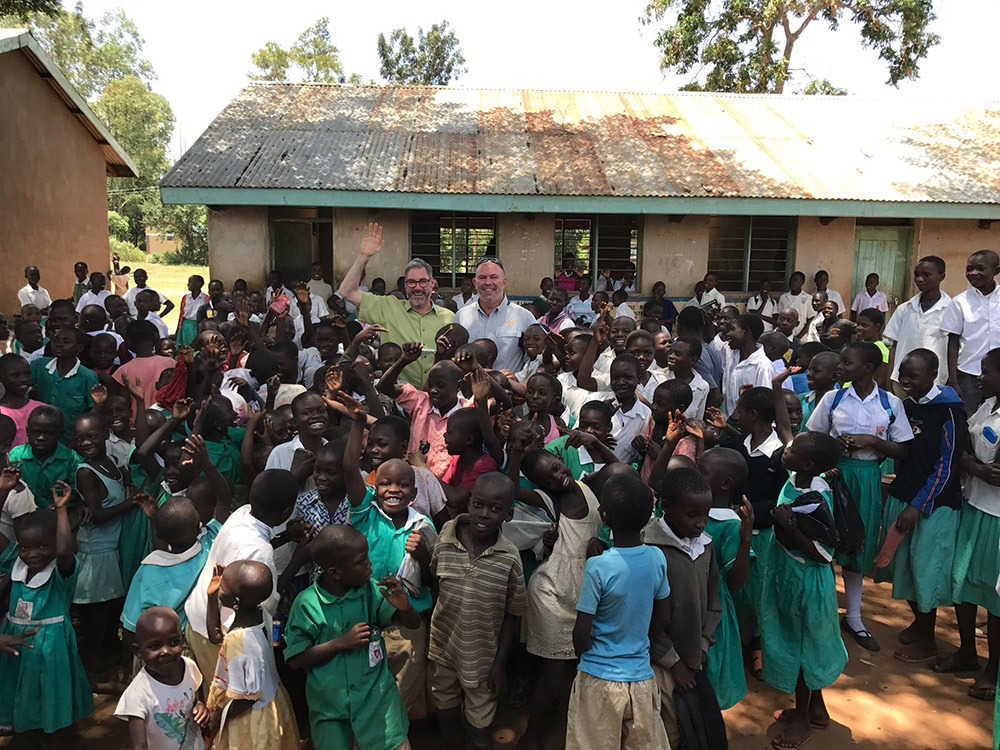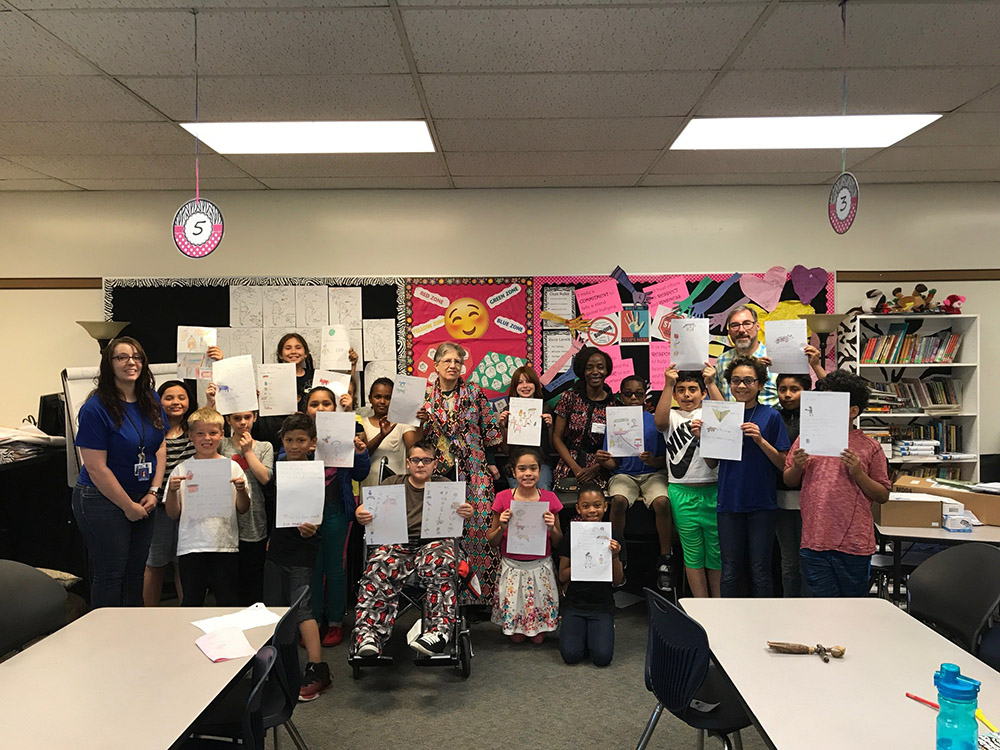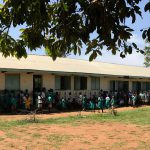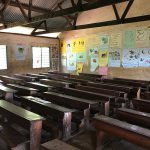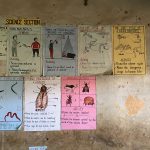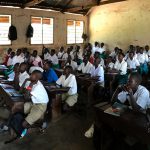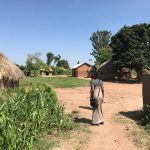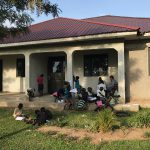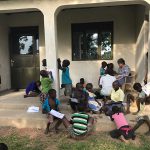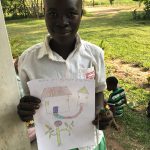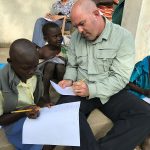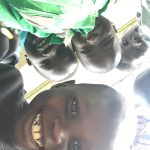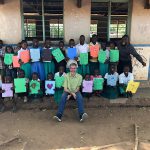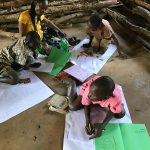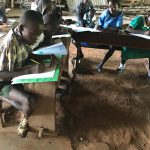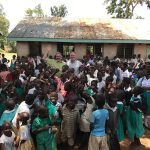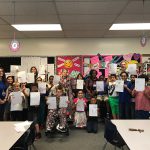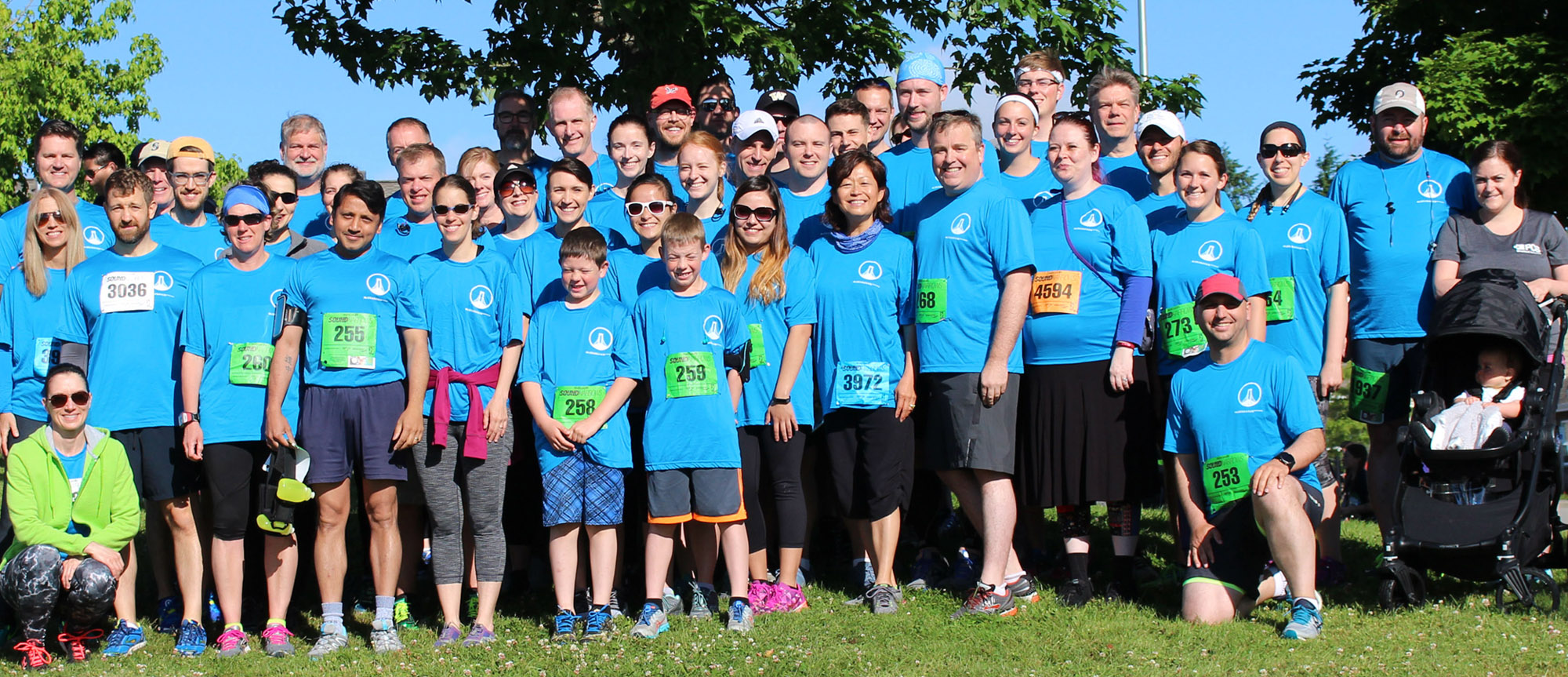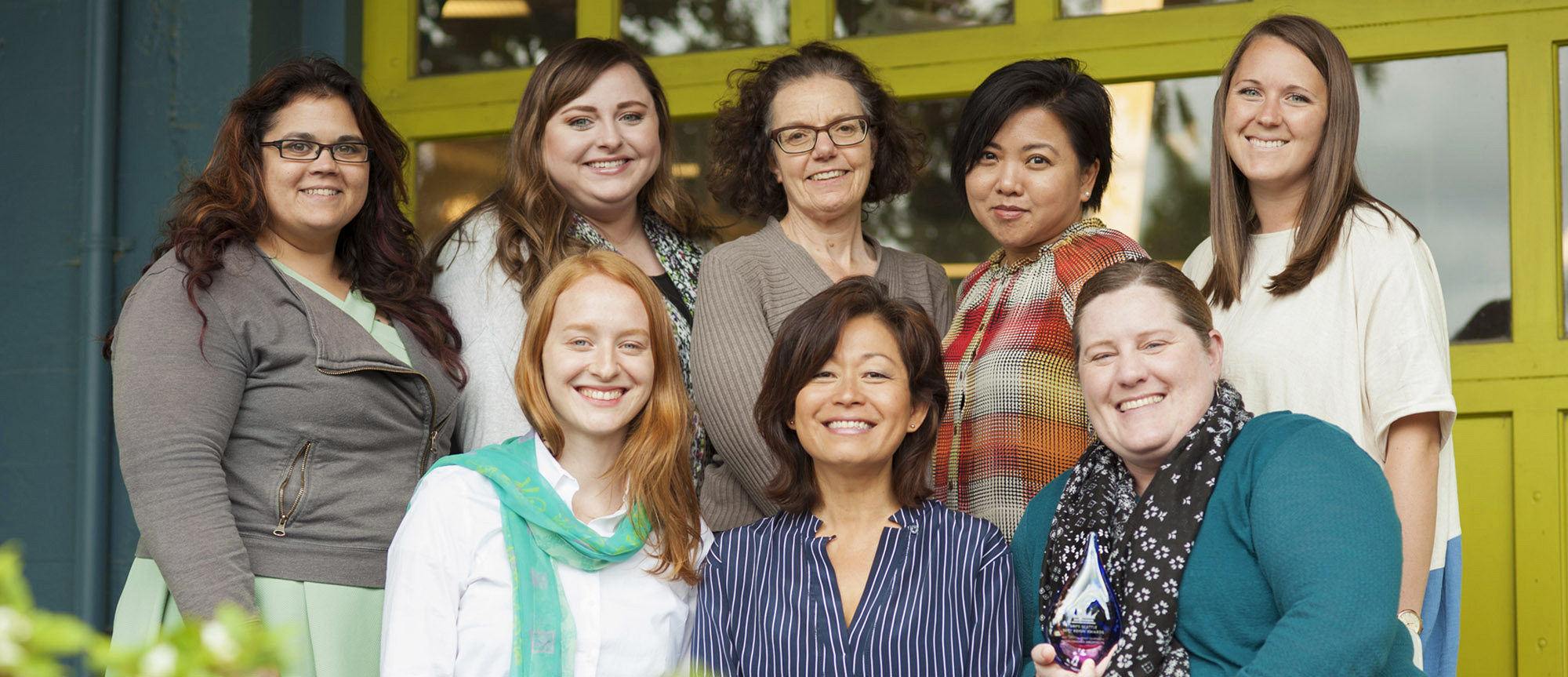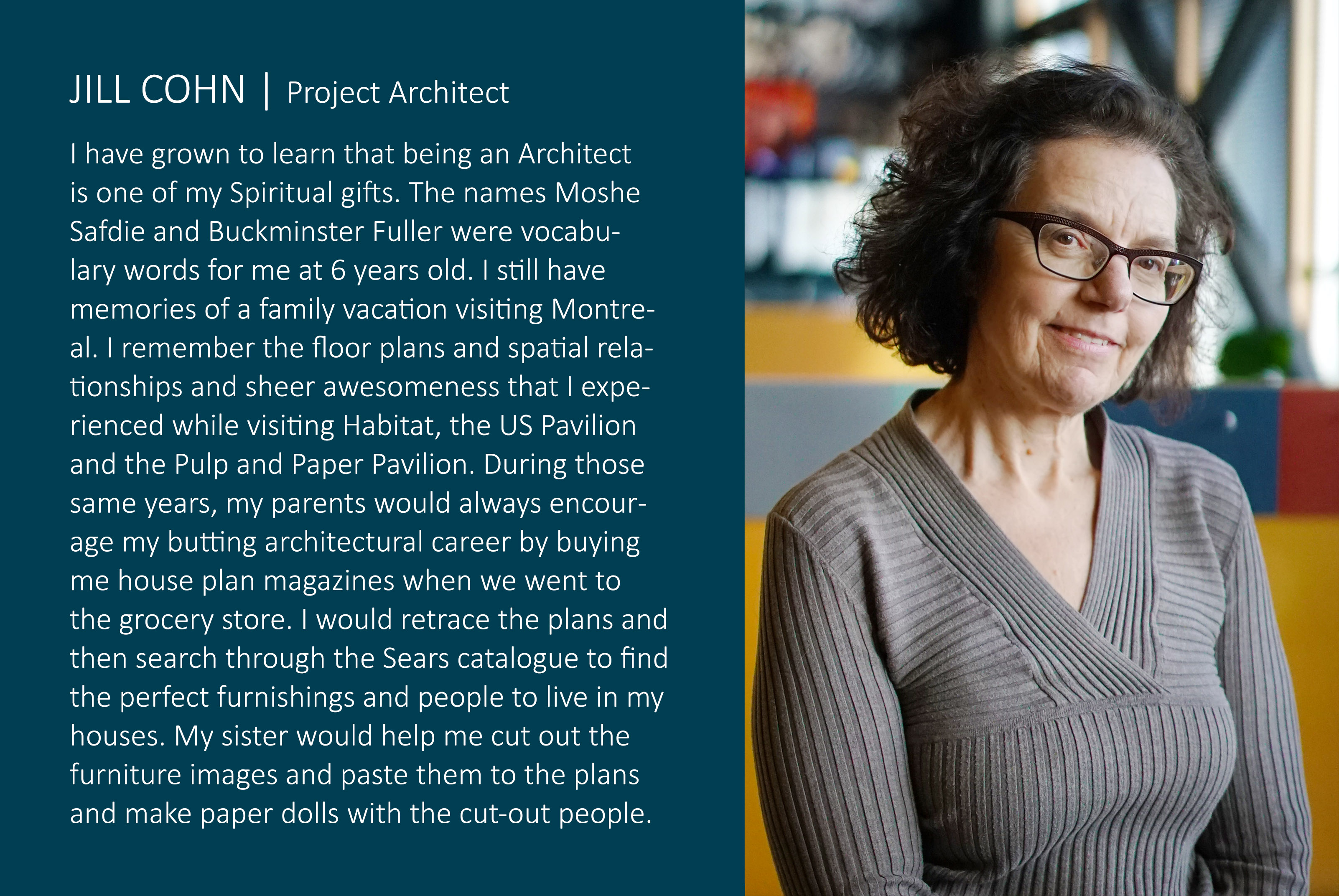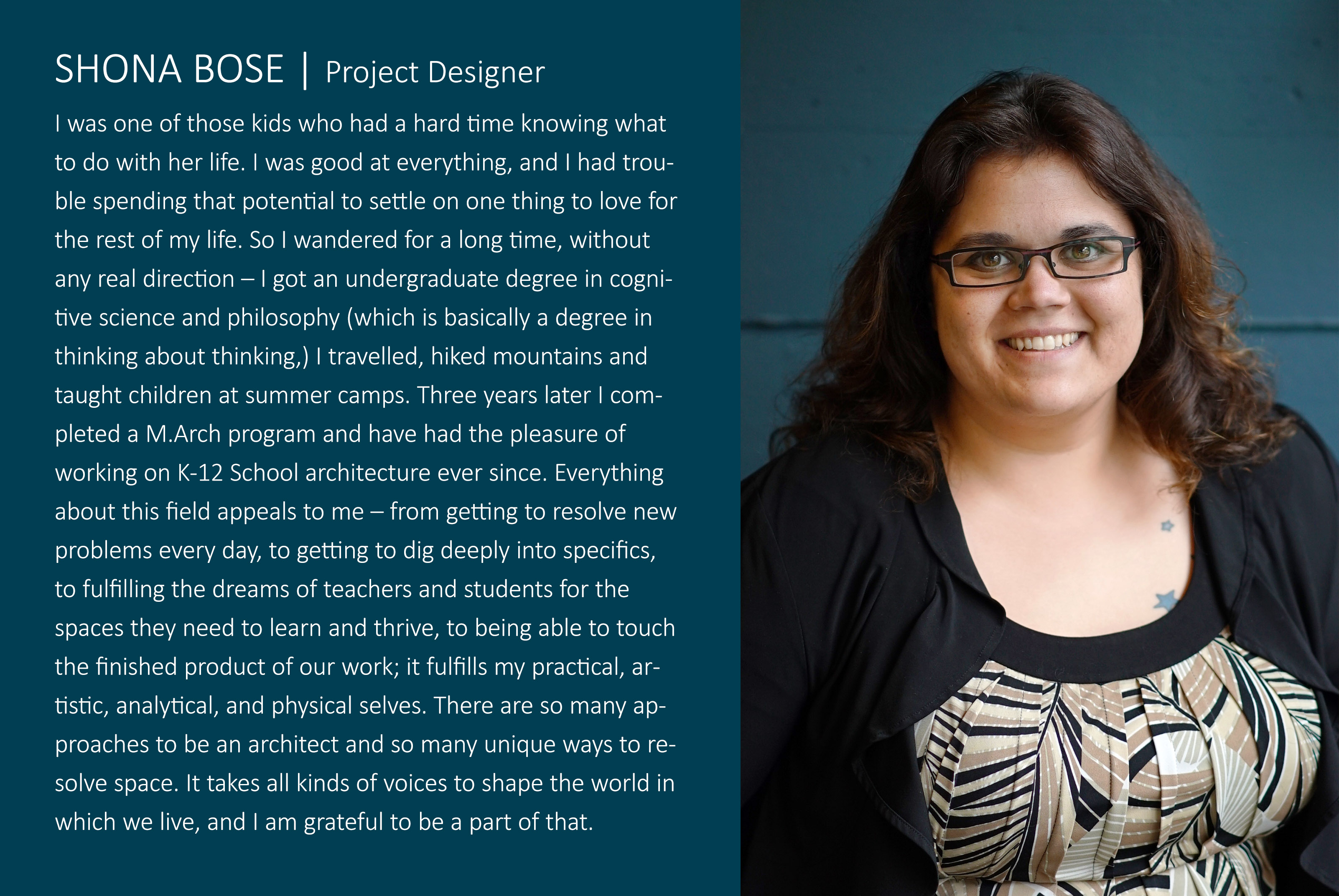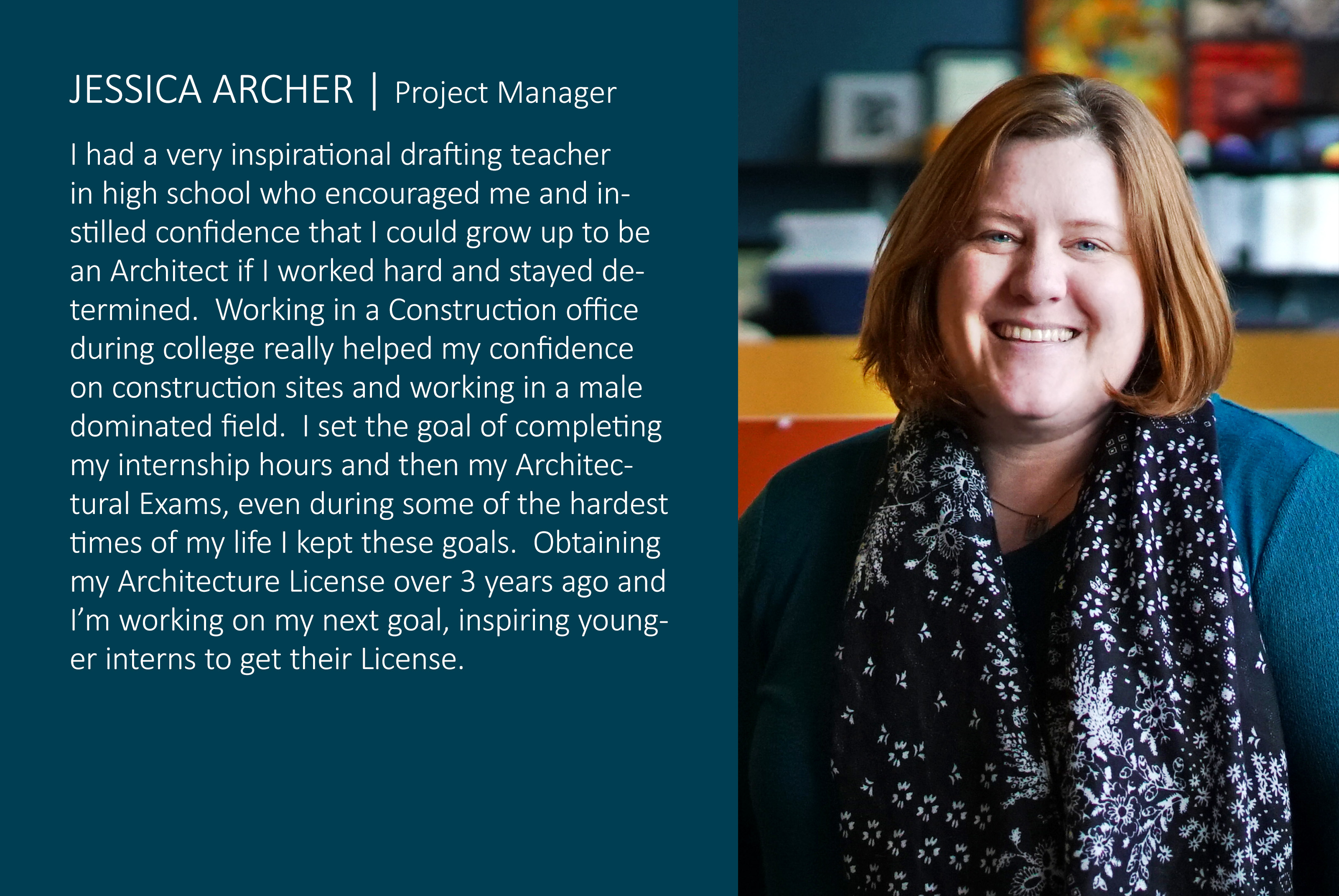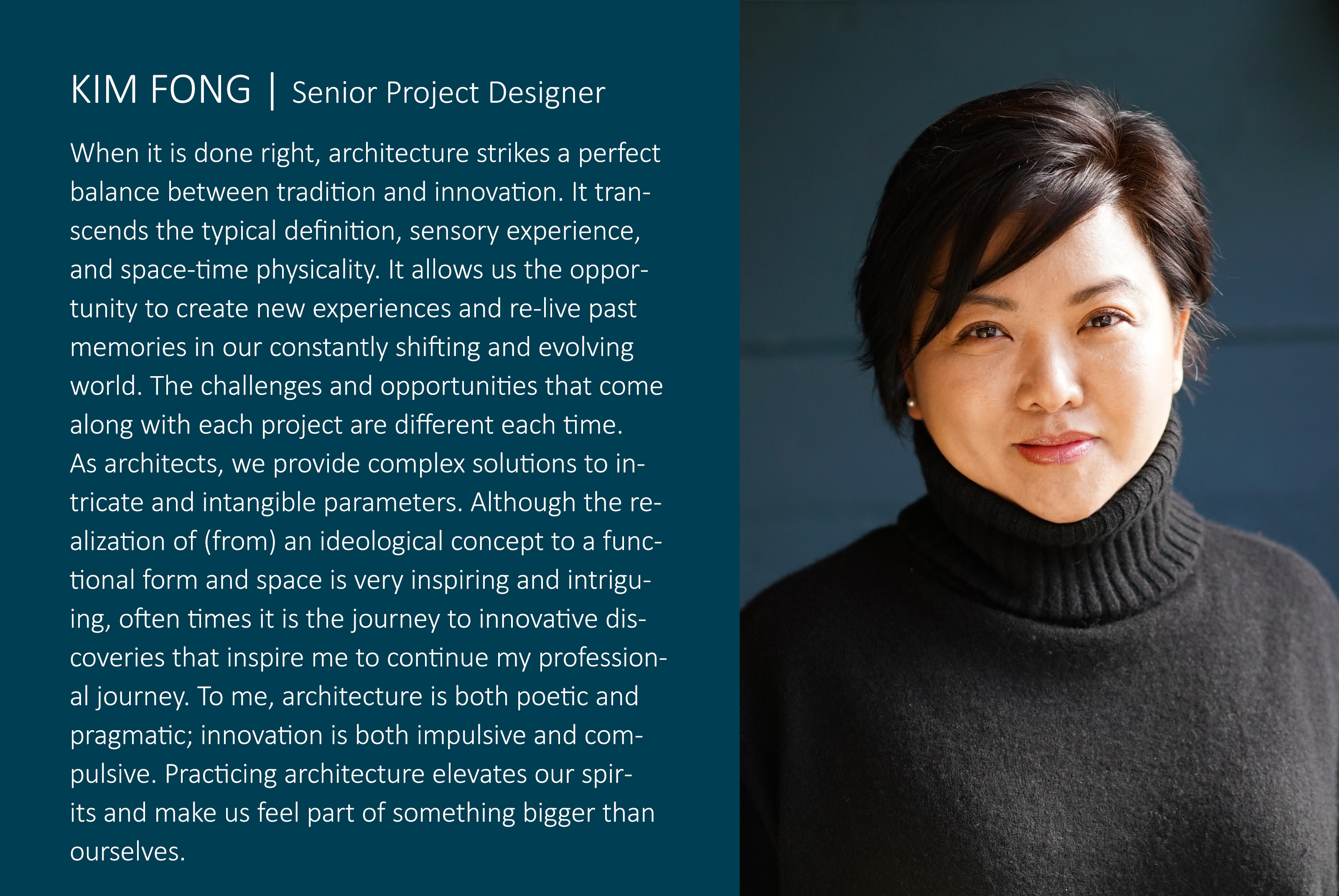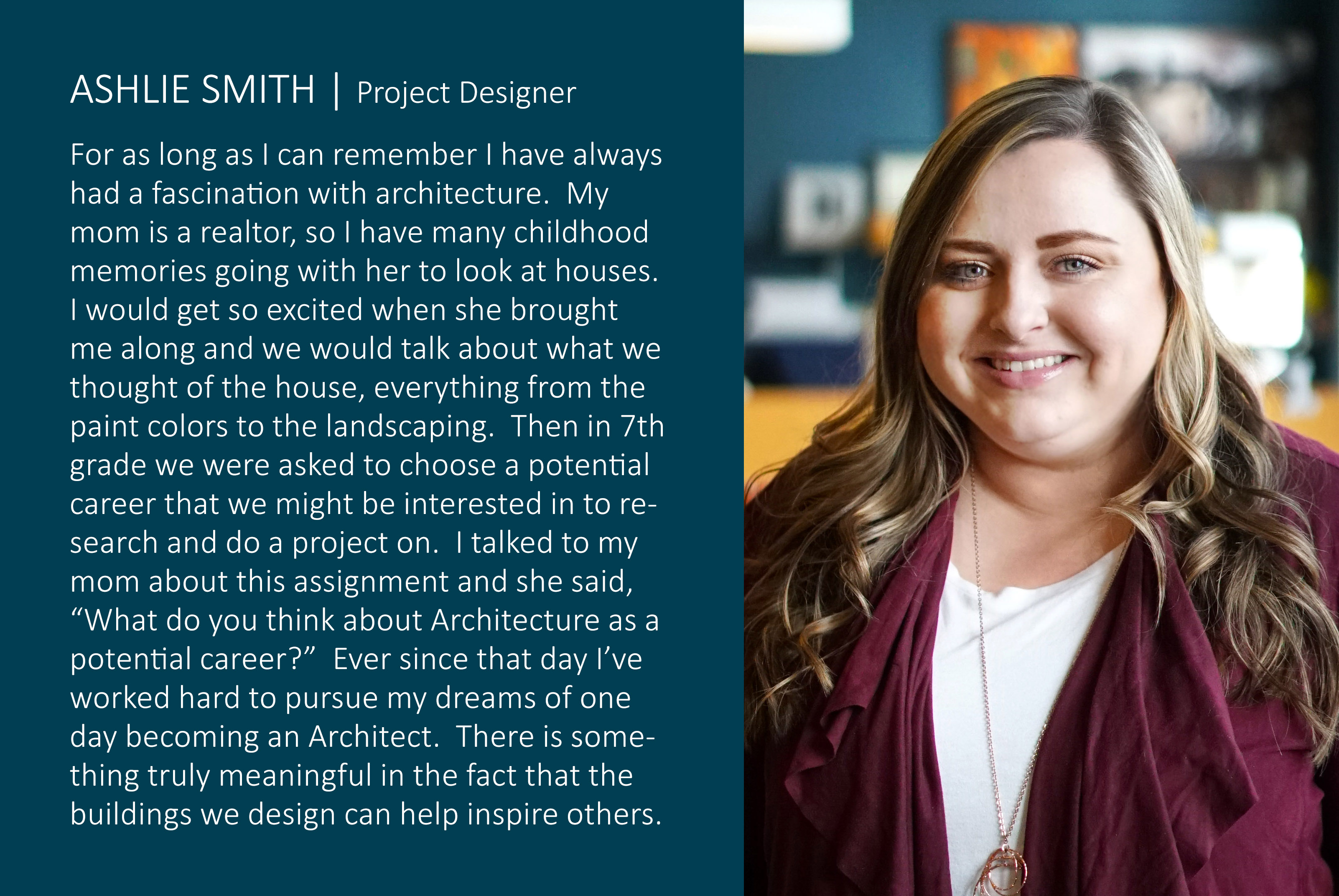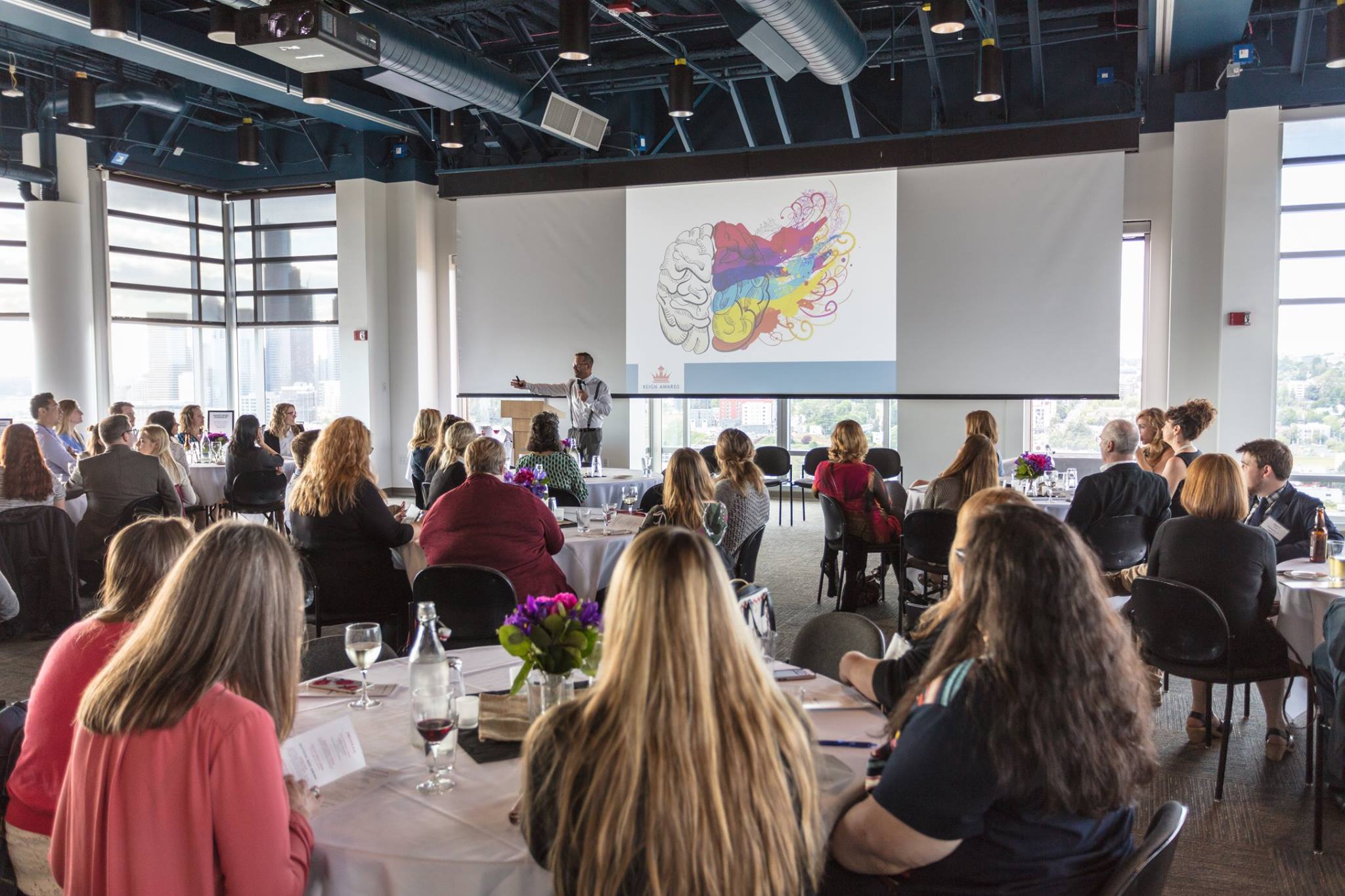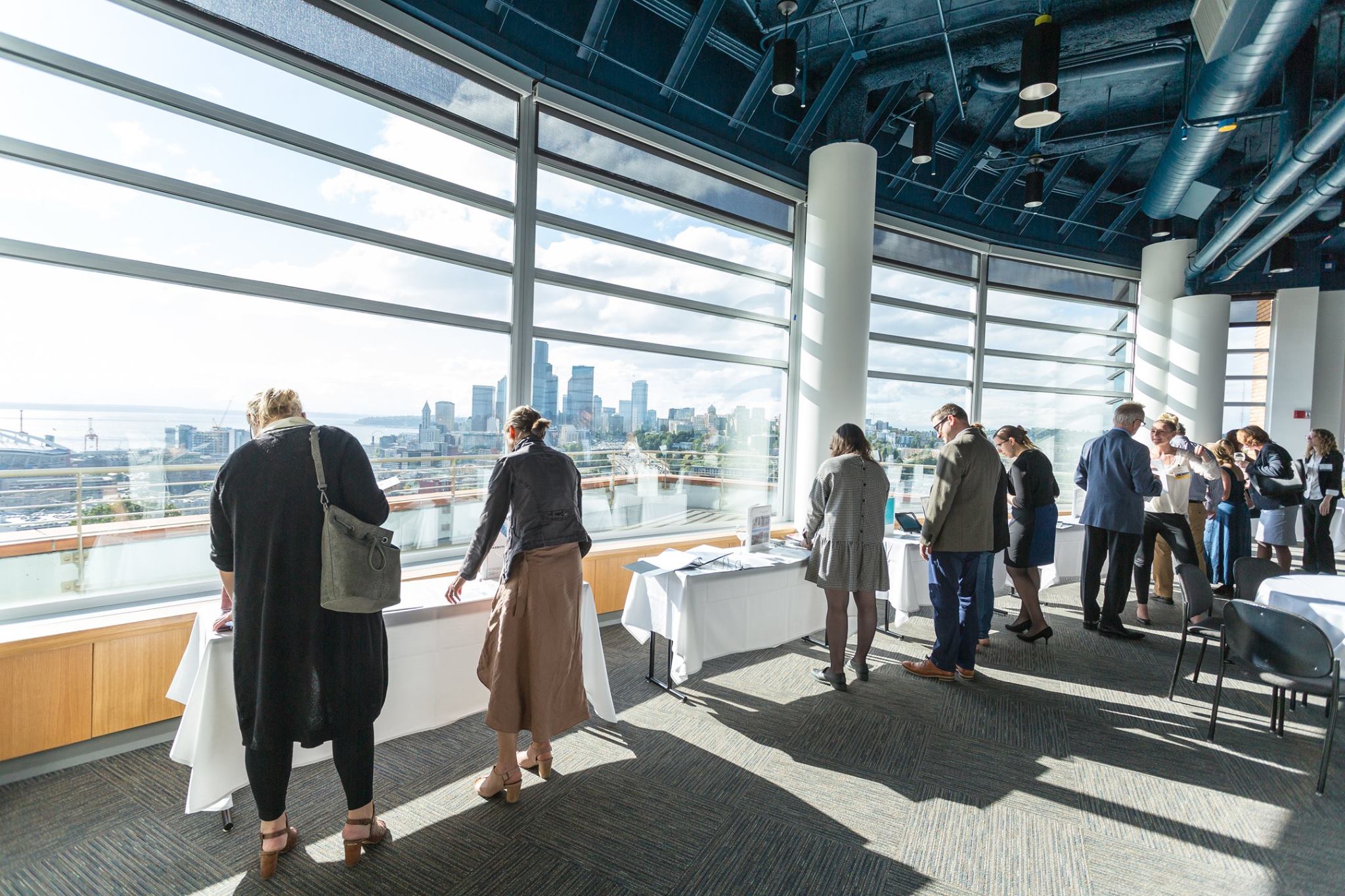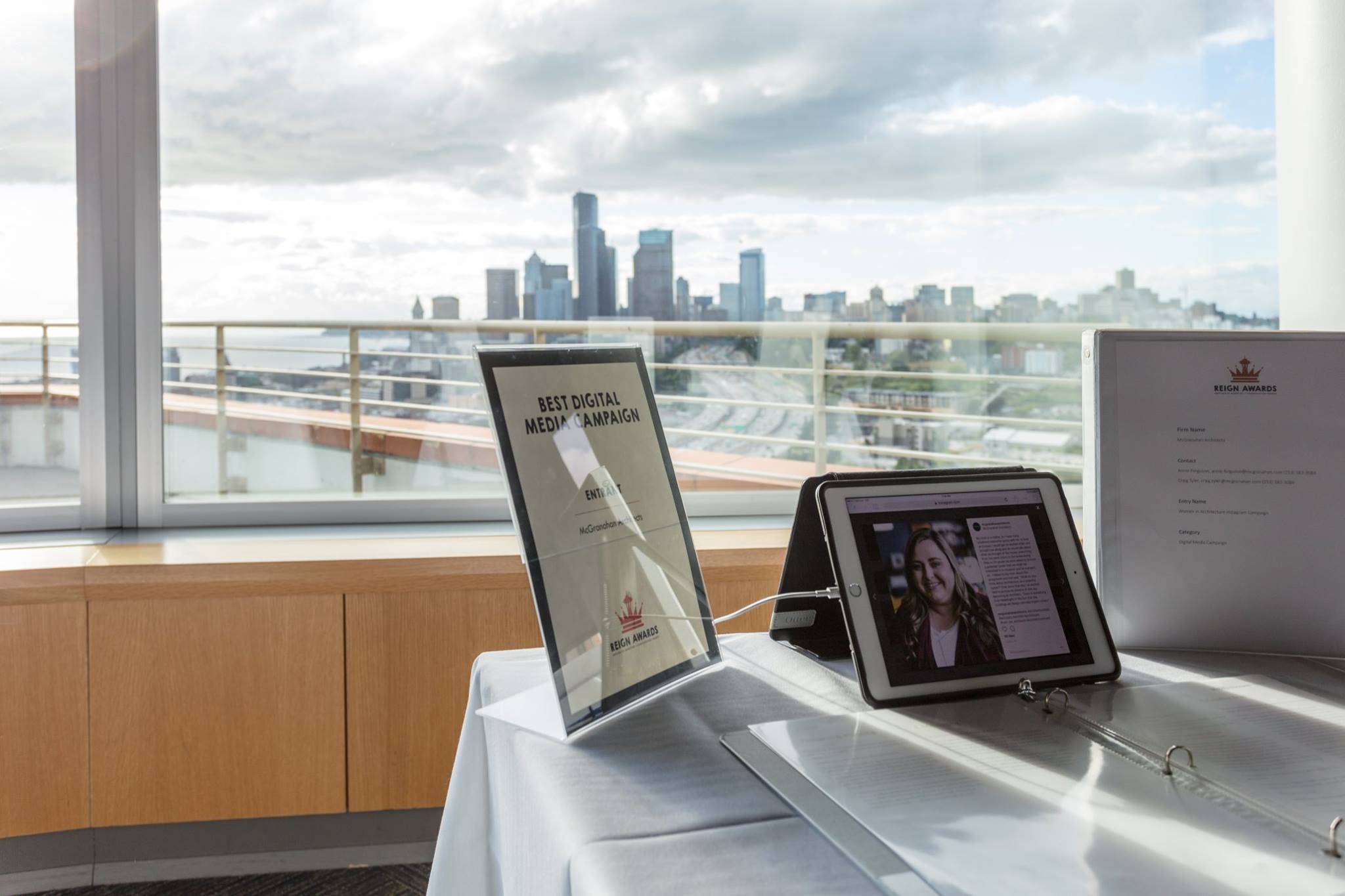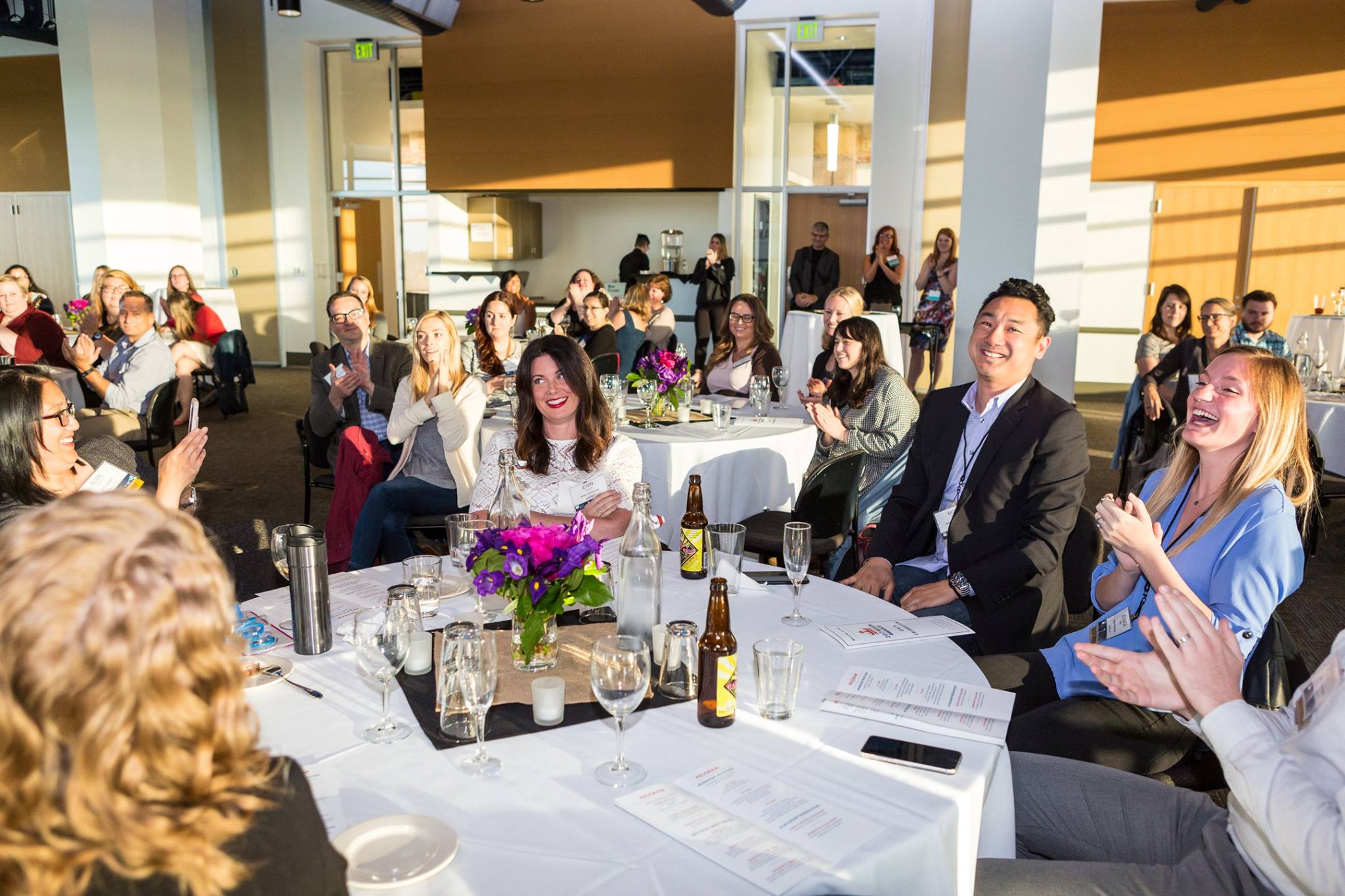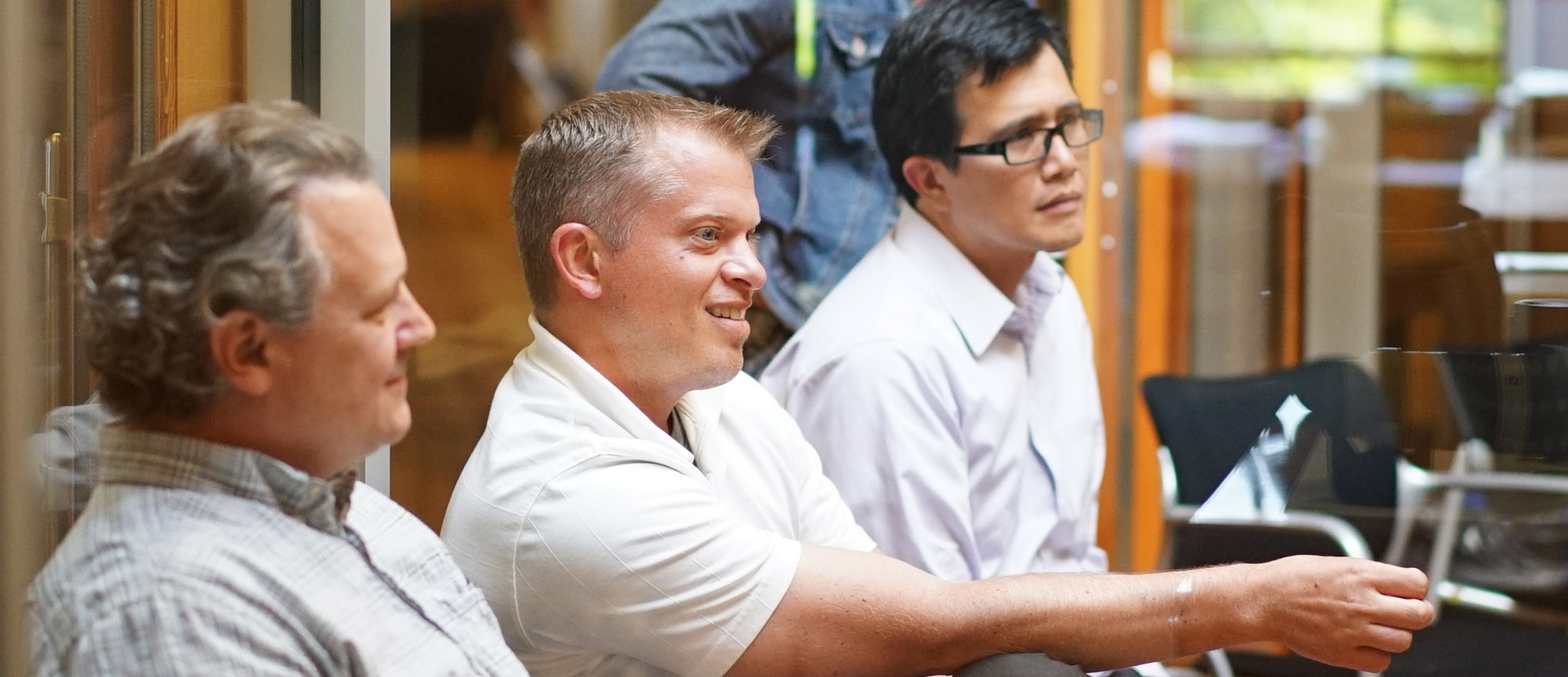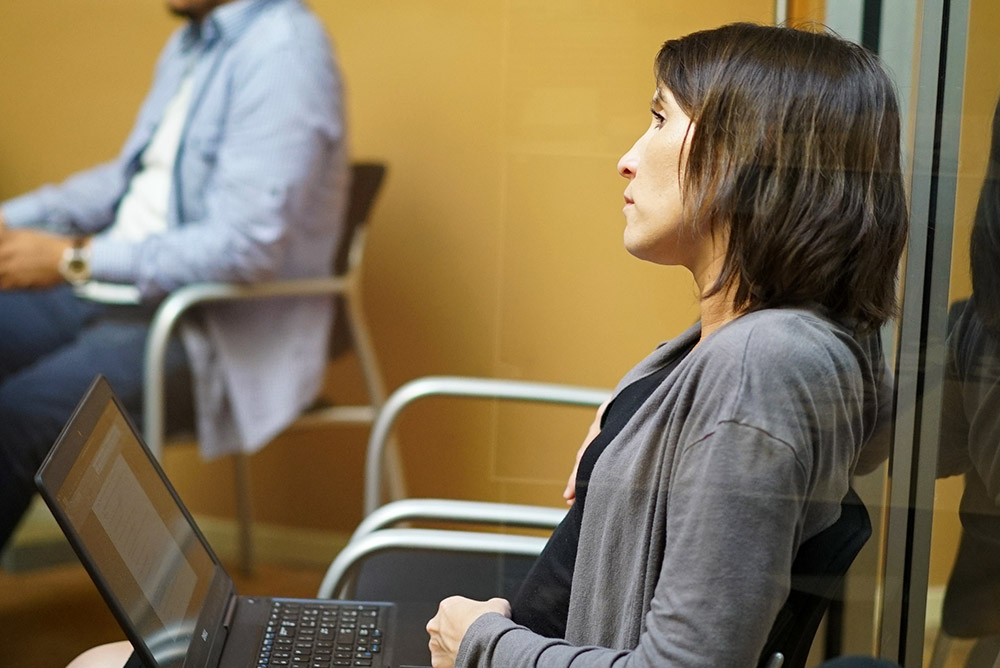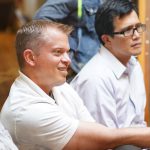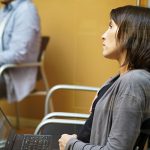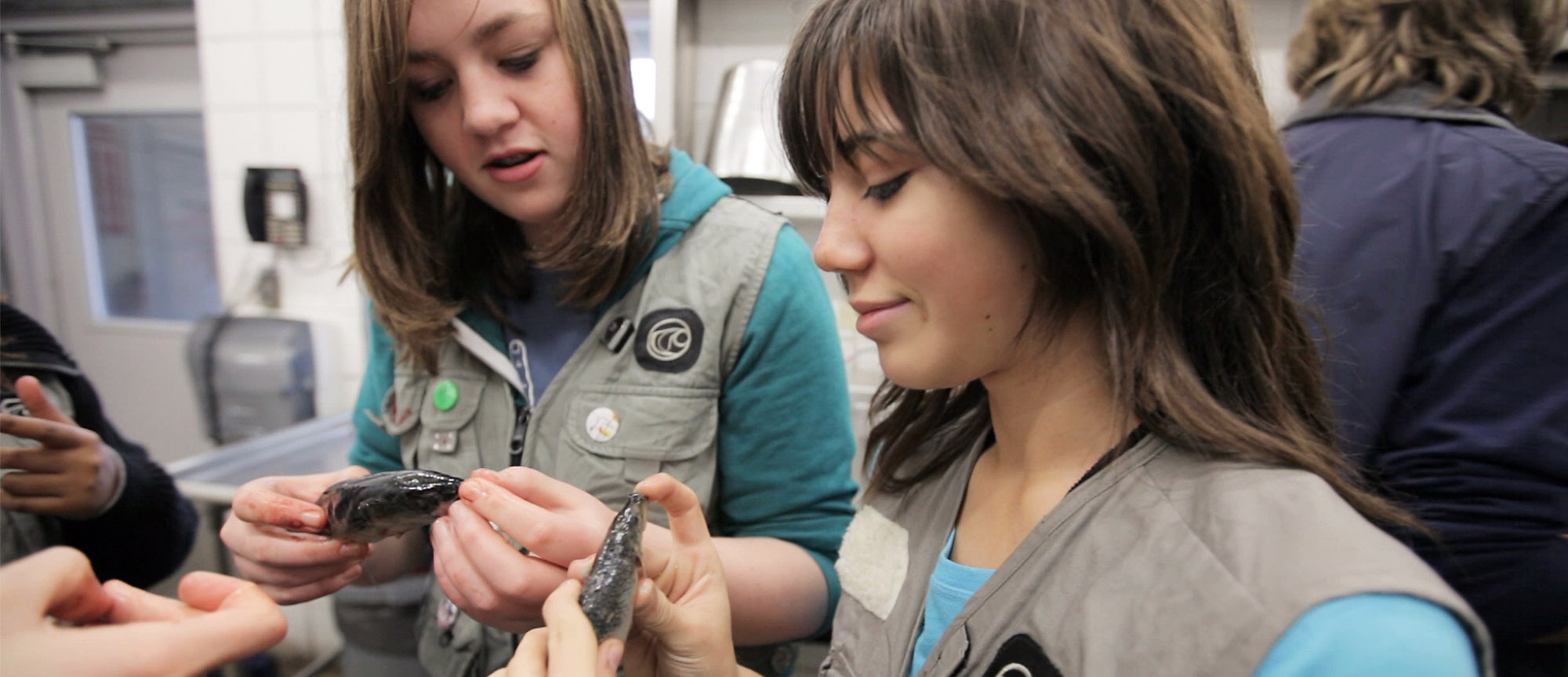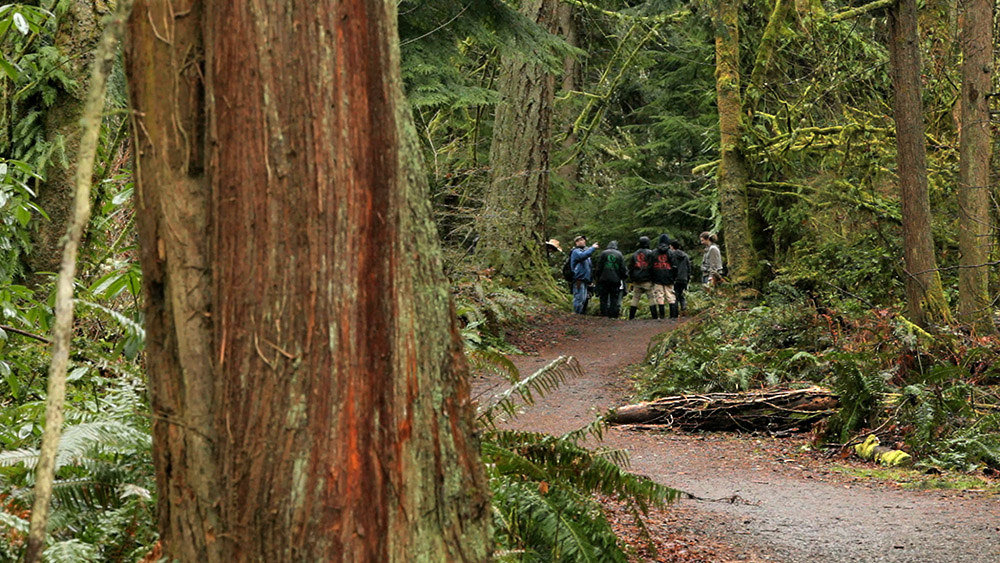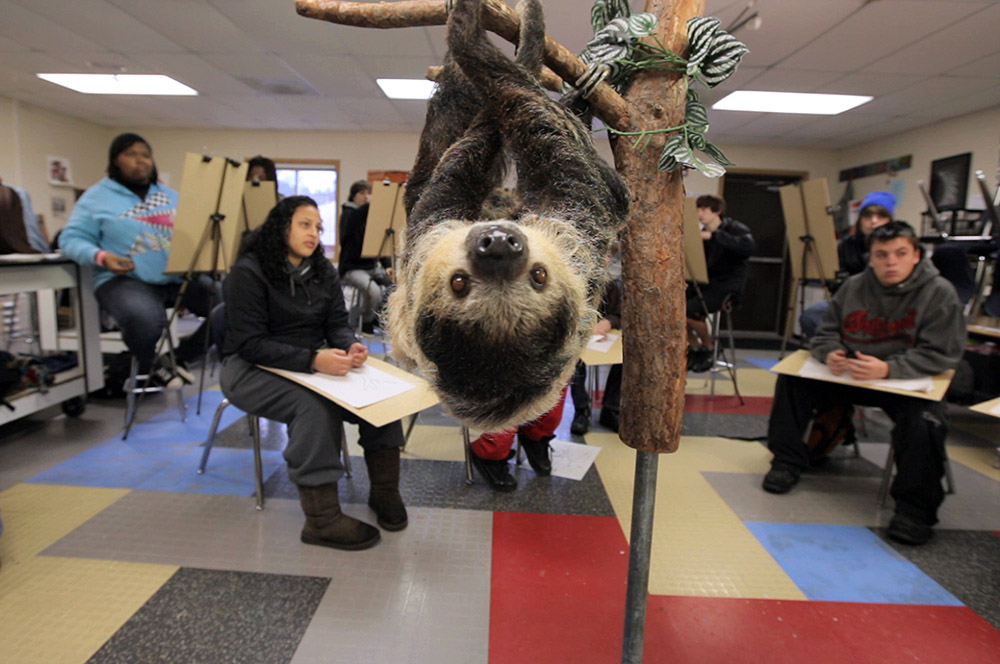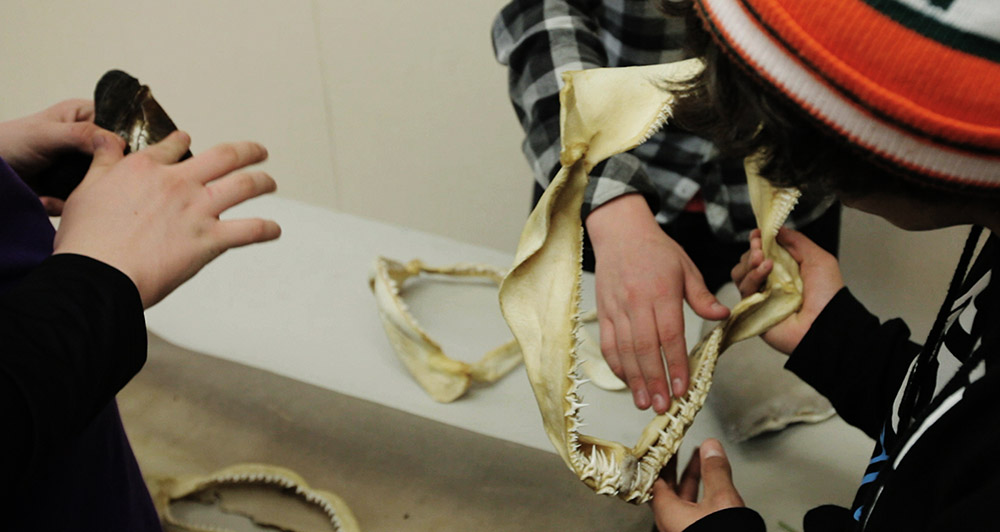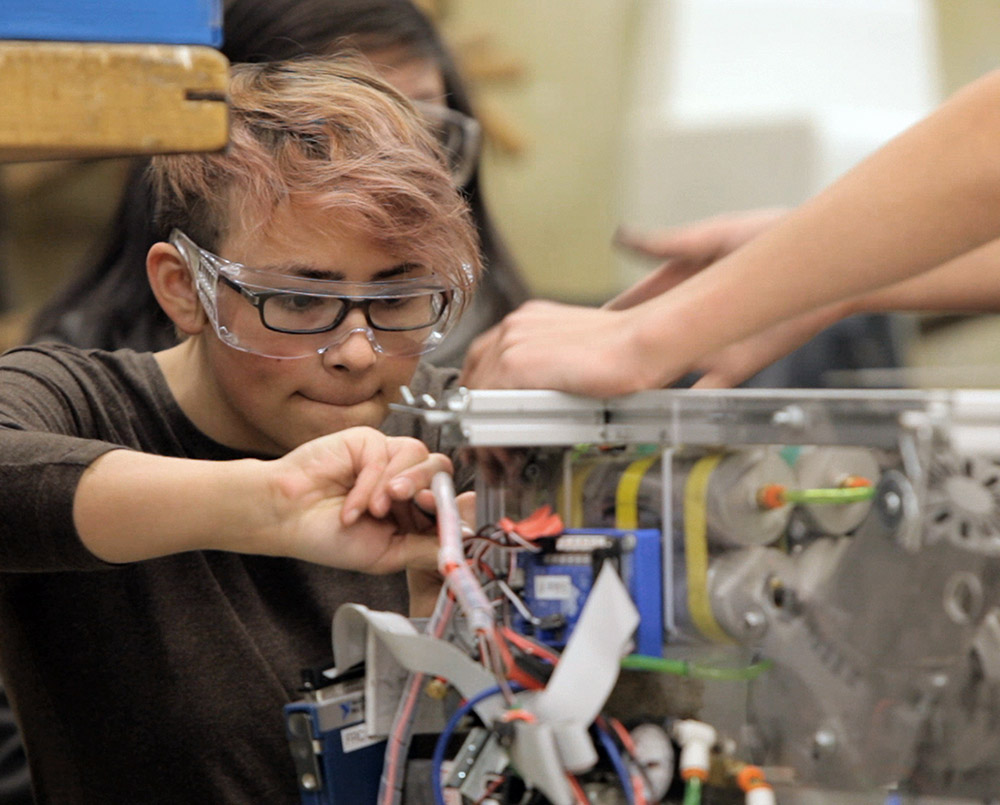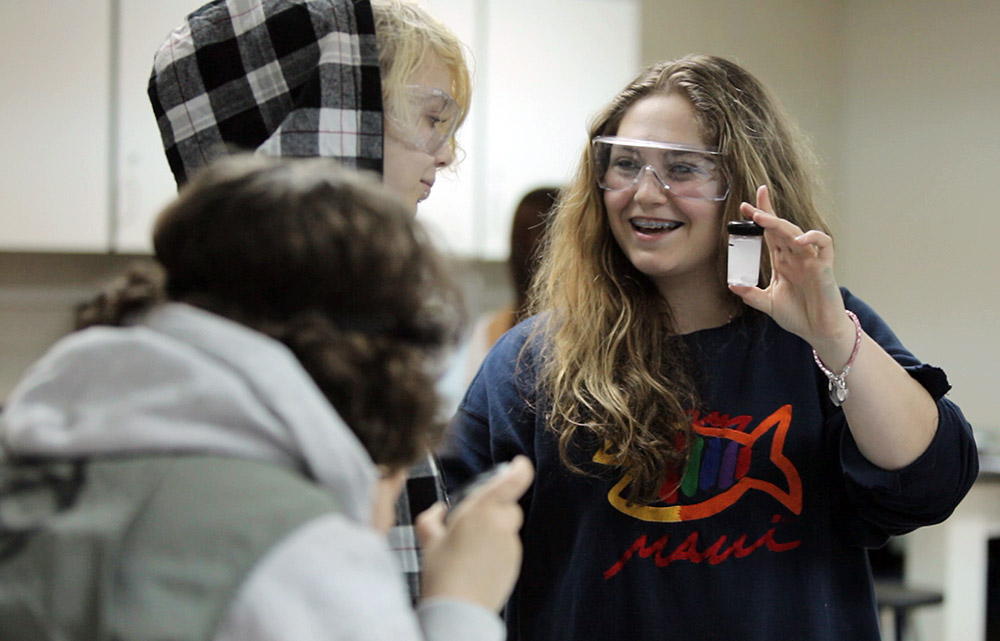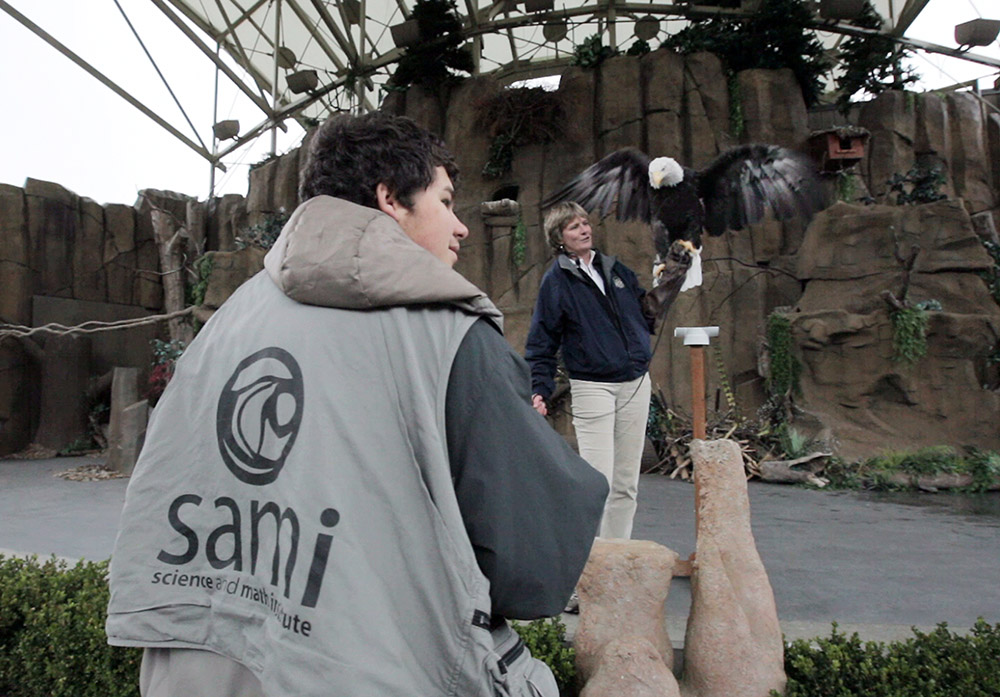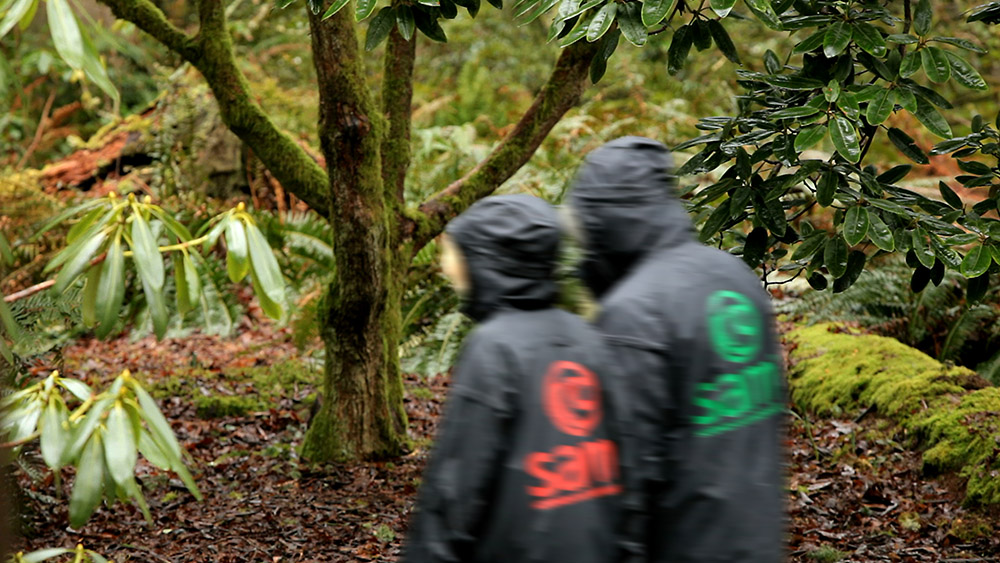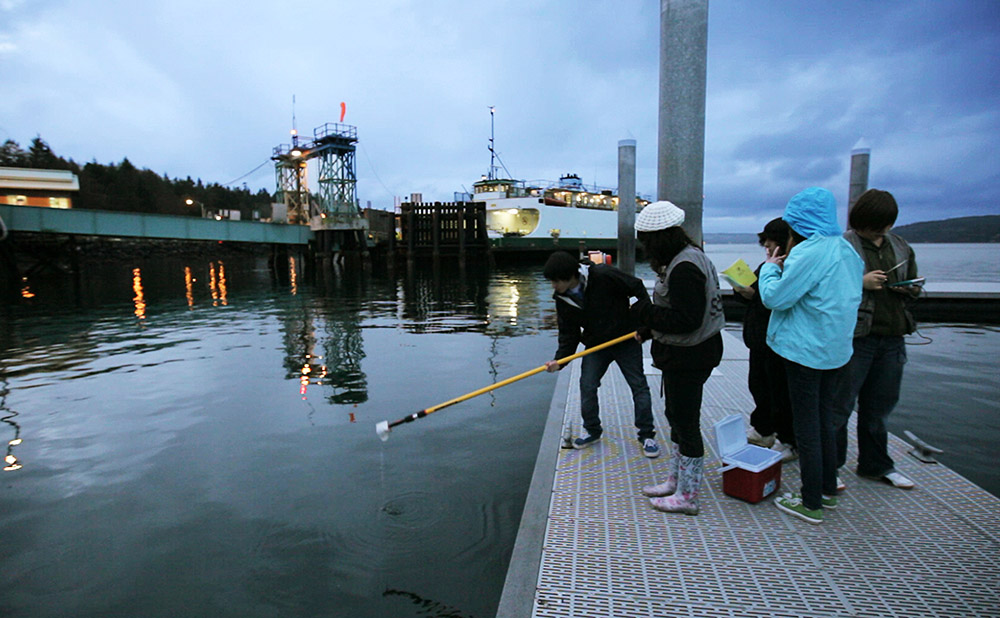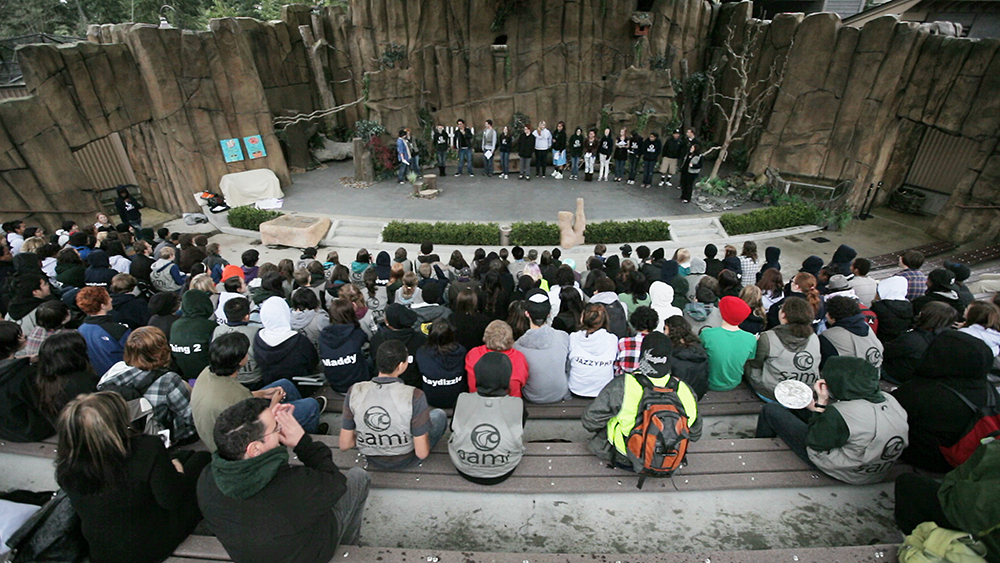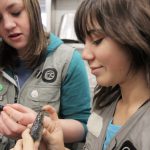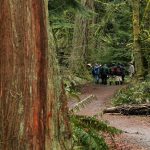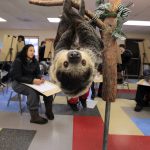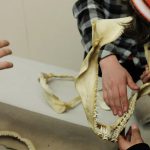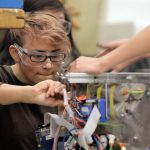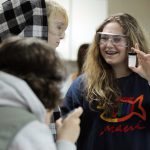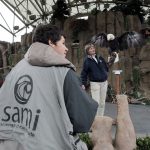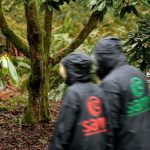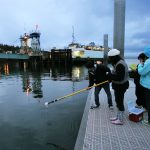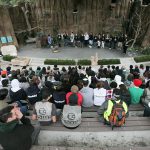A few weeks ago, I shared my experience of a week in Uganda with McGranahan staff. We were fortunate to have Carolyn Othieno join us that day. She grew up in a village in eastern Uganda, with a single mom, a sister and three brothers. While she was still in primary school, her family moved to the capital city of Kampala, where they could only afford to live in the slums. It was from there that she finished secondary school and college. After graduation, she got a job with the YMCA and that was her avenue to come to Washington State and she’s lived in the Tacoma area ever since.
Carolyn spoke at my Rotary club about a foundation she started that supports a primary school in the town of Tororo in eastern Uganda. They provide uniforms, instructional materials, ensure the children see a doctor once a year and provide housing and living support for the teachers. In the five years her foundation has supported the school, enrollment has grown from 200 to 700 students.
Carolyn invited me to travel with her to Uganda to explore the idea of building a library for the books she sent to the school. In the course of the visit, our plans went in a different direction…
Uganda is a highly impoverished country, and I saw it firsthand. Carolyn lived it. Children walk up to five miles to go to school. Girls must overcome the family practice of women gathering water and doing other chores in order to attend school like boys. Hygiene, avoiding disease, child advocacy and gender equality are a primary subjects in school. Class sizes are around 60-70 students. There is no power in the buildings, pit latrines are available out by the play field and one water source serves the entire site. Lack of food is a visceral element of daily living in Uganda. Most of the people are dependent on what the land and weather provides; what they can grow and what water they can find.

While the foundation tried valiantly, providing meals at the school has proven to be too much of a burden. Asking American donors to fund a meal program indefinitely was not feasible. Another way had to be found.
Carolyn’s family owns 15 acres of land outside of town. We are looking into what that land can provide; in terms of growing food for the school or to take to market and generate funds to by meals for the children. An agriculture consultancy in Kampala, funded by the Dutch government, has examined the soil on her property and determined that it can grow maize, cassava beans, bananas, pawpaws and pumpkins. Mango trees grow wild on the site. Livestock would also be a complement to the plant propagation.

Our plan is to farm the land and take the produce to market to generate the money needed to feed the children; at first a few days a week and eventually everyday. We are also planning to create an agriculture school on the site; to oversee the farm, to teach children in the school and their families better farming techniques to use on their own property. This will also benefit other families in the region, as they can learn from the school and cultivate crops on their own property and take to market with the school. We are partnering with a Rotary club in Tororo on the project. That is the broad outline of the project, now we need to formulate the steps and engage partners.

I have wonderful memories of the kindness and simple generosity of spirit of everyone I met in Uganda. The children are quick to smile and full of wonder within the frame of their simple existence; despite the challenges they face. On the last visit to the school they held a ceremony for “the visitors”. At the end I walked into the pool of students gathered, to shake hands and dance a little. How they all wanted to find out what white skin feels like as a hand shake turned into an extended slippery release. Simple things like paper, pencils and crayons opened them up to express themselves. They exchanged drawings with children at Jennie Reed Elementary in Tacoma.
I look forward to going back when the next steps are underway. I’ll continue to share progress along the way.
Carolyn’s foundation is called COFIA – Circle of Friends in Action. You can learn more here: cofiakids.org

